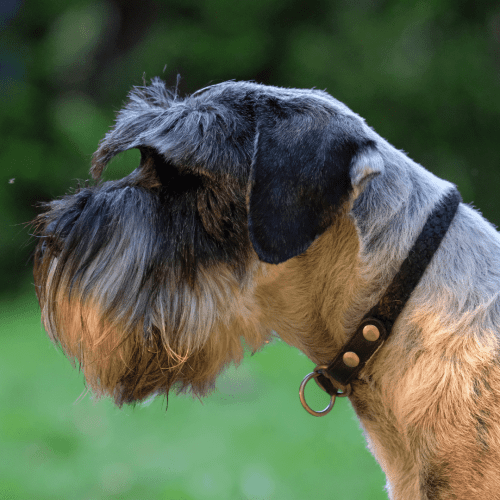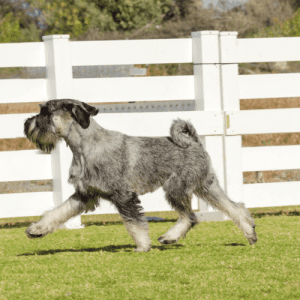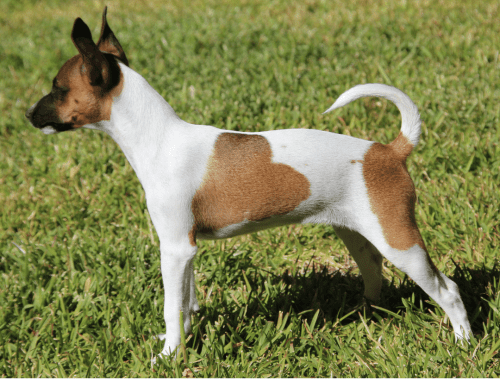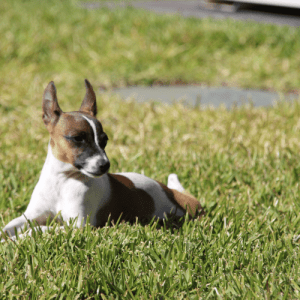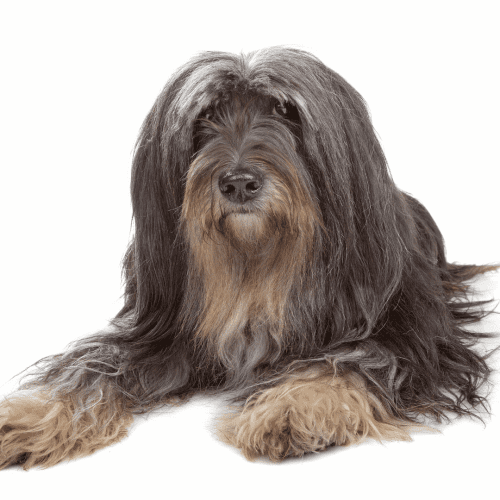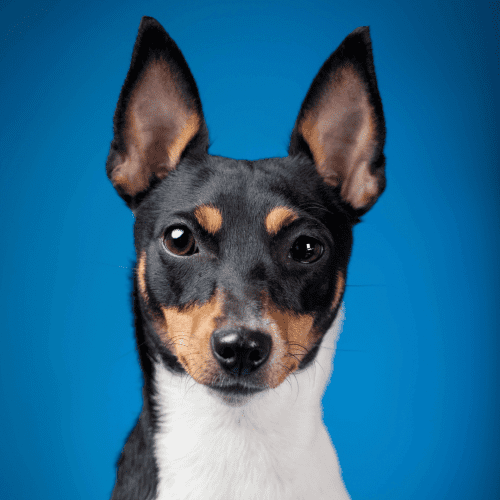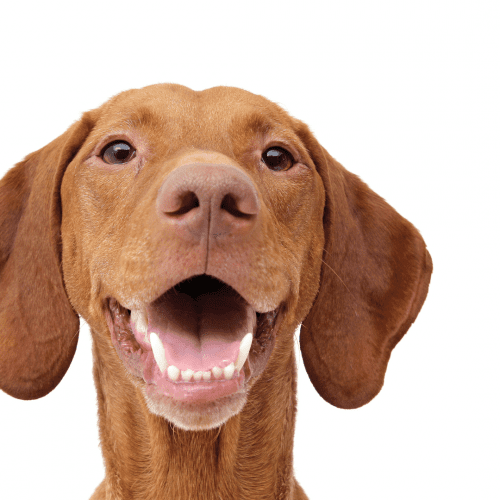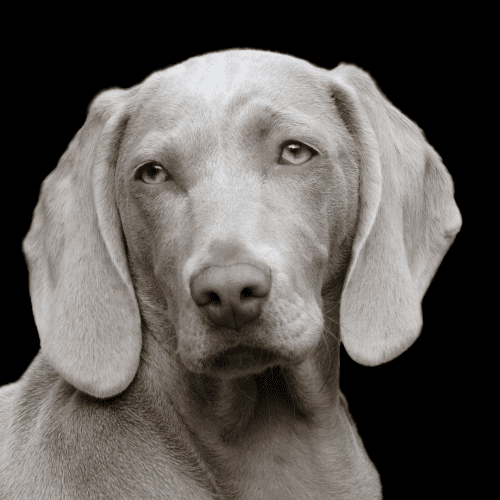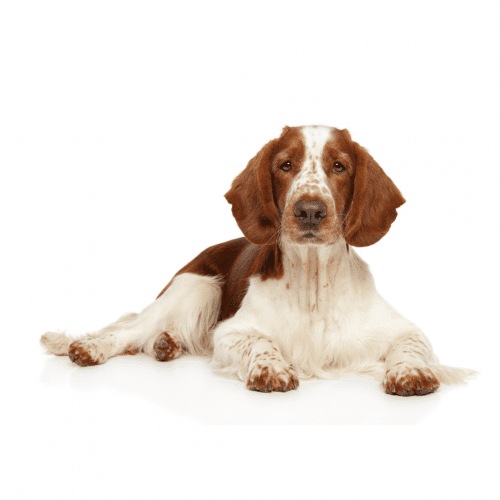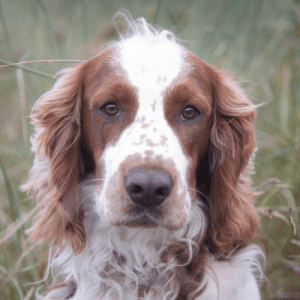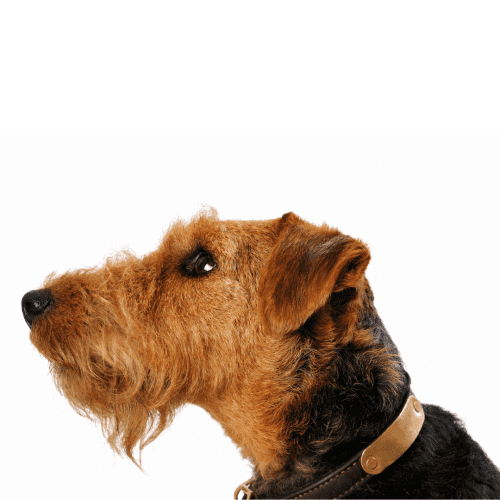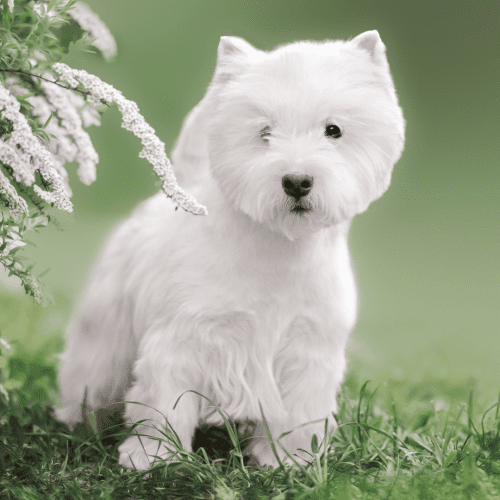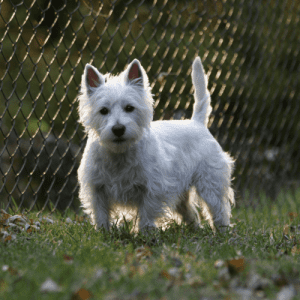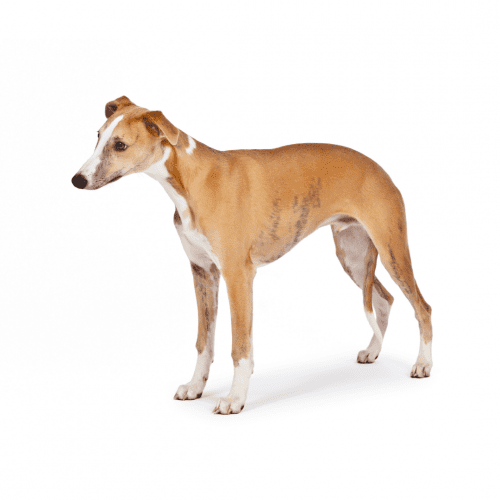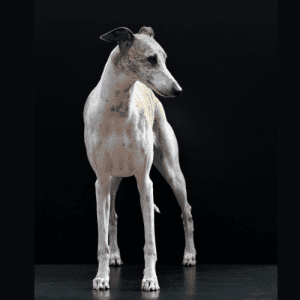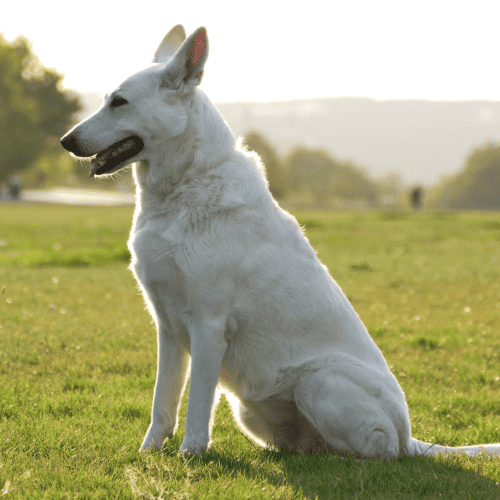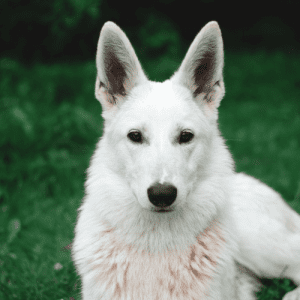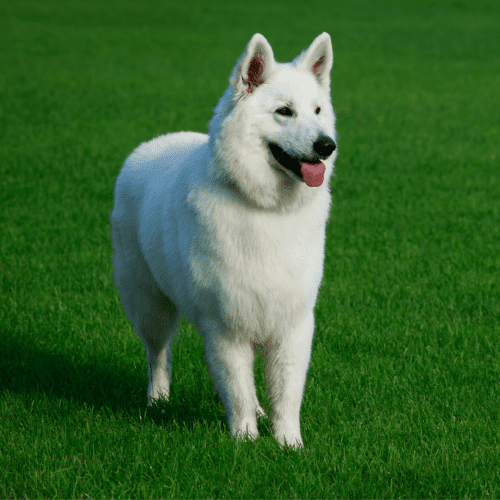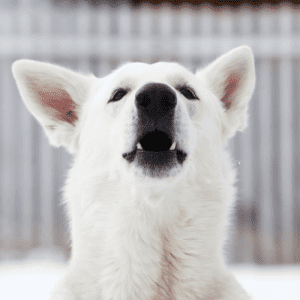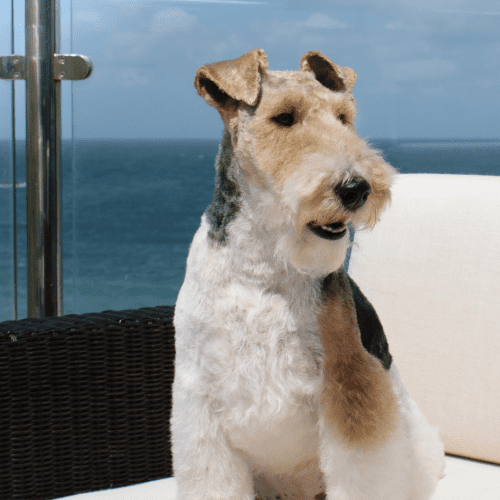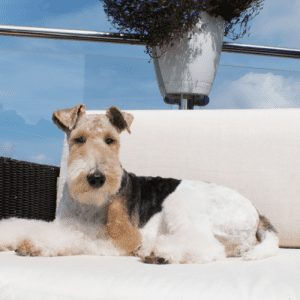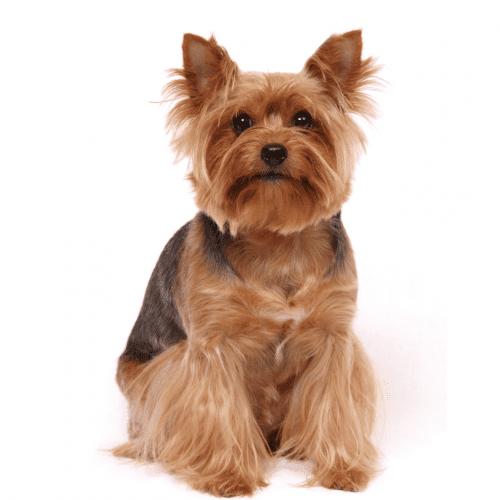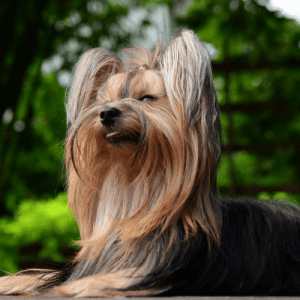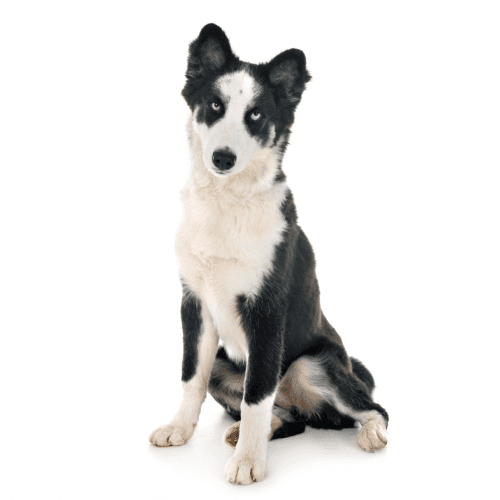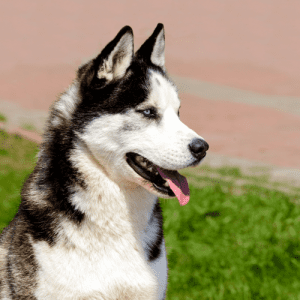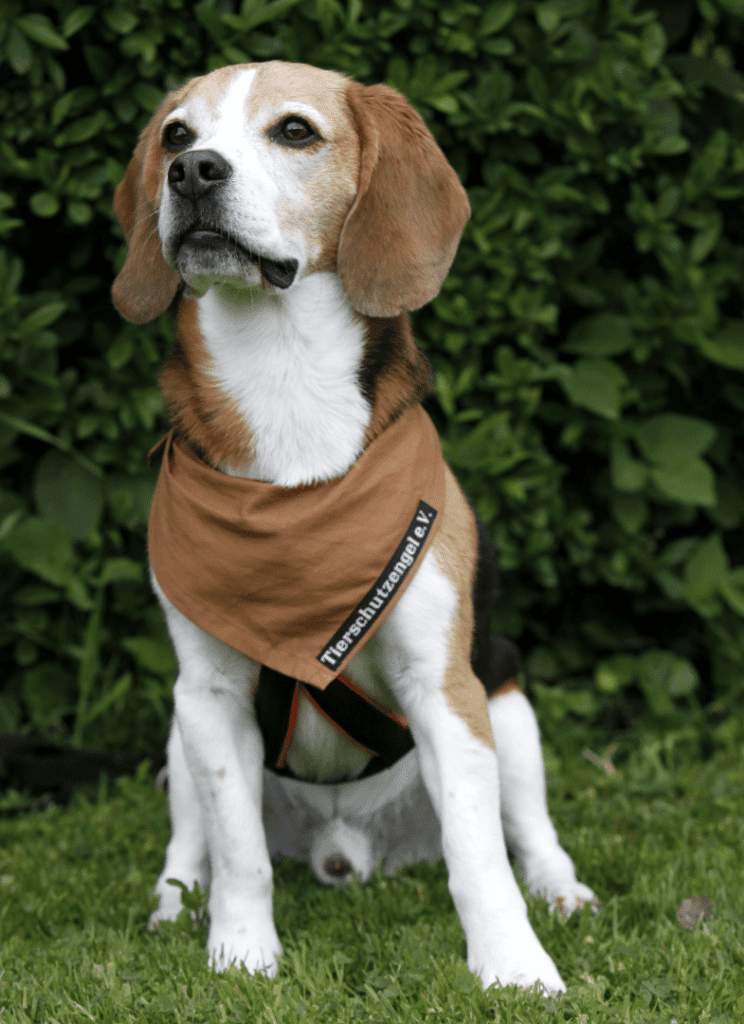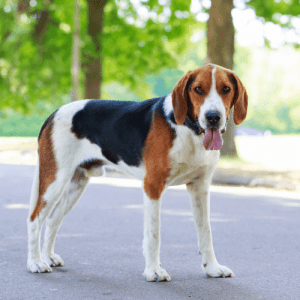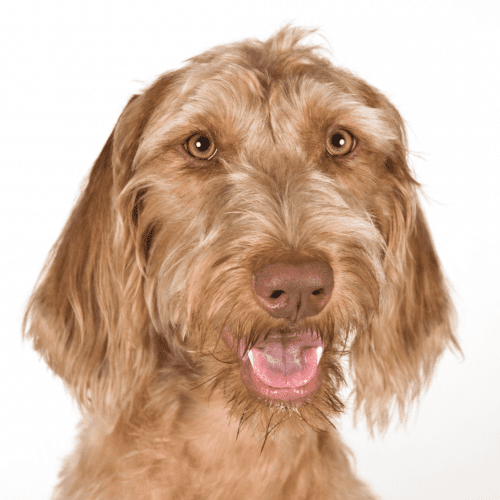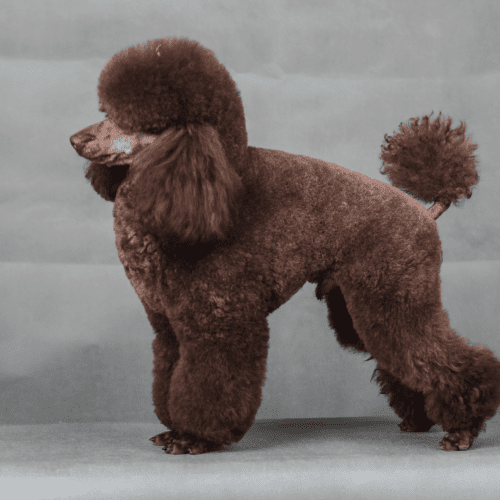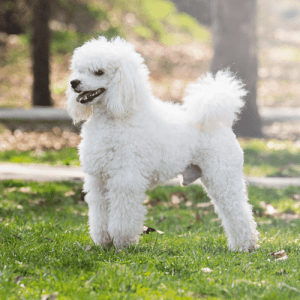Which dog breeds are the smartest? While there is no definitive answer, there are a few dog breeds that are often considered to be the smartest. These dogs are known for their intelligence, obedience, and willingness to please their owners. So if you’re looking for a canine companion who is both loyal and bright, one of these breeds may be right for you.
The classification of the smartest dog breeds category is determined based on a variety of factors, including problem-solving abilities, trainability, and adaptive intelligence. Training techniques play a crucial role in honing these breeds’ skills, as they respond well to positive reinforcement methods and consistent practice. Intelligence tests have been conducted to assess their cognitive abilities, with breeds like Border Collies and Poodles often excelling in these assessments. Behavioral studies have also been instrumental in understanding how these breeds interact with their environments and solve complex tasks.
Moreover, the working abilities of these intelligent breeds are often showcased in various fields such as search and rescue, herding, and assistance work. Genetic factors play a significant role in determining the predisposition of certain breeds towards higher intelligence levels. By considering these aspects collectively, experts can identify and categorize the smartest dog breeds with a high degree of accuracy and reliability.
Intelligent dog breeds distinguished in the smartest category exhibit exceptional problem-solving skills, trainability, and adaptive intelligence compared to their counterparts. These breeds often excel in various training techniques, quickly grasping commands and tasks, making them popular choices for various working roles. When subjected to intelligence tests, these intelligent breeds consistently showcase their cognitive abilities by effectively interpreting and responding to complex cues and commands. Their heightened working skills enable them to perform a wide range of tasks, from assisting individuals with disabilities to excelling in competitive sports.
However, despite their intelligence, these breeds may also face unique behavioral challenges. Their high levels of intelligence can sometimes lead to boredom if not mentally stimulated, potentially resulting in destructive behaviors. Therefore, engaging these breeds in stimulating activities, advanced training exercises, and interactive games is crucial to maintaining their mental well-being. By understanding and catering to their cognitive needs, owners can help these intelligent breeds thrive and lead fulfilling lives.
Among the dog breeds recognized for their exceptional cognitive abilities and problem-solving skills are the Border Collie, Poodle, and German Shepherd. These breeds consistently demonstrate high levels of canine intelligence, making them adept at learning new commands and tasks. Their remarkable problem-solving abilities have been attributed to their history of being bred for herding, hunting, and guarding purposes, requiring quick thinking and independent decision-making skills.
Training techniques play a crucial role in harnessing the intelligence of these intelligent breeds. Positive reinforcement methods, such as using treats or toys, have been found to be particularly effective in motivating these dogs to learn and perform well. However, despite their intelligence, these breeds may present behavioral challenges if not provided with adequate mental stimulation. Boredom can lead to destructive behaviors or excessive barking.
To keep these intelligent breeds engaged and well-behaved, owners should ensure they receive plenty of mental stimulation through activities like interactive toys, obedience training, and agility exercises. Regular mental challenges not only help prevent behavioral issues but also strengthen the bond between the dog and its owner.
Originating from a history deeply intertwined with the demands of herding, hunting, and guarding tasks, the exceptional cognitive abilities of the smartest dog breeds have been honed through generations of selective breeding. The original evolution of these intelligent breeds can be traced back to the need for dogs to assist humans in various tasks, leading to the development of specific skills over time. Through strategic breeding techniques, such as genetic selection based on desired traits like problem-solving abilities and trainability, breeders have been able to enhance the cognitive abilities of these dogs.
Moreover, intelligence testing has played a significant role in identifying and further developing the cognitive skills of these breeds. By assessing their problem-solving capabilities, memory retention, and ability to learn new commands quickly, researchers and breeders have been able to understand the extent of their intelligence and work towards improving it. The combination of selective breeding practices and rigorous intelligence testing has been instrumental in shaping the smartest dog breeds we know today.
The significance of the smartest dog breeds lies in their exceptional cognitive abilities that enable them to excel in various tasks and form strong bonds with humans. These breeds offer training benefits as they quickly grasp commands and instructions, making the training process more efficient and effective.
Their advanced problem-solving skills allow them to tackle complex tasks, which is particularly valuable in activities like search and rescue missions or therapy work. Moreover, their high intelligence fosters bonding opportunities with humans, enhancing companionship and communication.
Smart dog breeds require mental stimulation to prevent boredom and behavioral issues, making them ideal partners for interactive games and learning new tricks. Their adaptability in tasks enables them to excel in diverse roles, from service dogs aiding individuals with disabilities to competitive sports participants.
The smartest dog breeds are utilized by humans in a variety of practical and specialized roles, capitalizing on their exceptional cognitive abilities and problem-solving skills. These breeds excel in various tasks due to their high level of intelligence and trainability. Training techniques tailored to these breeds focus on mental stimulation and problem-solving exercises to harness their potential fully. By engaging in tasks that challenge their intellect, intelligent breeds like Border Collies, Poodles, and German Shepherds remain mentally sharp and focused.
Their working abilities are harnessed in fields such as search and rescue, therapy work, assistance jobs, and competitive canine sports. Through these roles, smart breeds showcase their problem-solving skills and ability to adapt to different situations, making them invaluable partners to humans. Furthermore, human interaction plays a crucial role in utilizing the intelligence of these breeds. Positive reinforcement, clear communication, and bonding activities enhance their cognitive development and strengthen the partnership between dogs and their human counterparts.
Connecting with the most intelligent dog breeds appeals to individuals who seek companionship that matches their own level of cognitive engagement and problem-solving capabilities. These types of people are often drawn to breeds known for their high canine intelligence, such as Border Collies, Poodles, and German Shepherds. Training enthusiasts find great joy in working with intelligent companions as they can tackle complex tasks and learn new commands quickly. Problem solvers appreciate the mental stimulation that comes from interacting with smart dog breeds and engaging in activities that challenge both the dog and themselves.
Individuals who connect with the smartest dog breeds are often patient and dedicated, understanding that these breeds require mental stimulation and regular training to thrive. They enjoy the interactive nature of their relationship with these intelligent companions, forming strong bonds built on mutual respect and mental engagement. Whether it’s participating in advanced obedience training, engaging in stimulating play sessions or solving puzzles together, these types of people find fulfillment in the unique connection they share with their highly intelligent canine counterparts.
Highly intelligent dog breeds exhibit exceptional problem-solving skills and cognitive abilities, setting them apart from other canine counterparts. When it comes to training tips for these smart breeds, it is crucial to engage them in activities that challenge their minds. Intelligence tests can be a fun way to gauge their mental abilities and provide insights into areas where they excel. However, with great intelligence comes behavioral challenges; these breeds may get bored easily if not mentally stimulated enough, leading to destructive behaviors. Socialization skills are also vital for smart breeds to ensure they interact well with other dogs and people.
To keep these intelligent dogs happy and well-behaved, mental stimulation is key. Activities like puzzle toys, interactive games, and regular training sessions can help keep their minds sharp and prevent boredom. Consistent training, positive reinforcement, and providing outlets for their intelligence are essential for these breeds to thrive. Ultimately, understanding and catering to the unique needs of smart breeds can lead to a fulfilling companionship for both the dog and its owner.



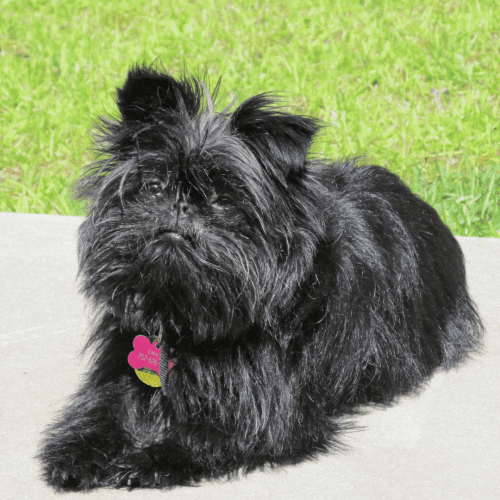
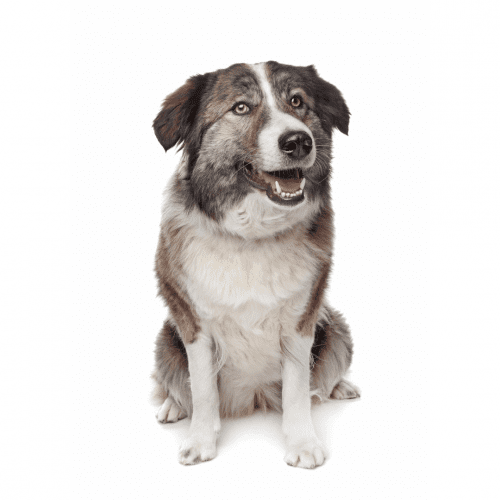

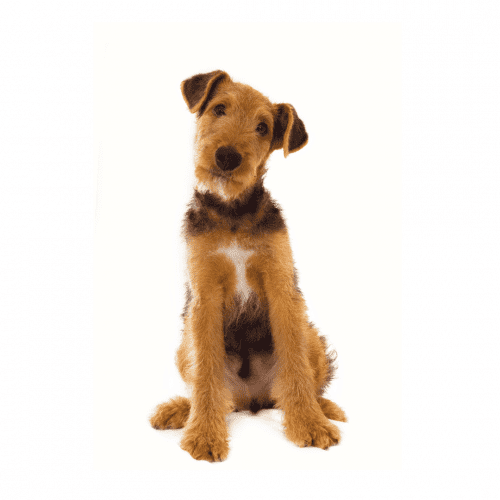

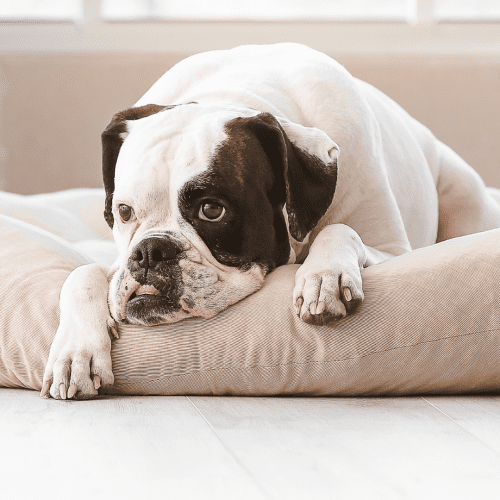
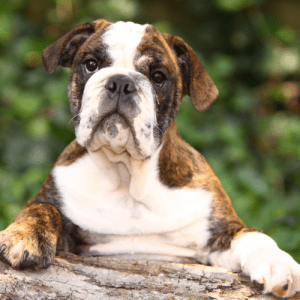
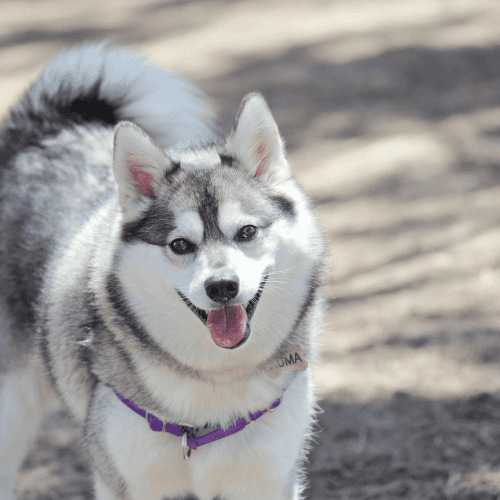
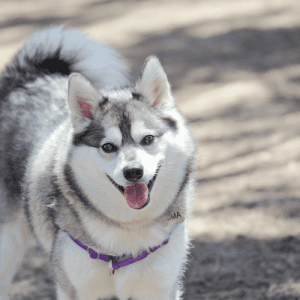

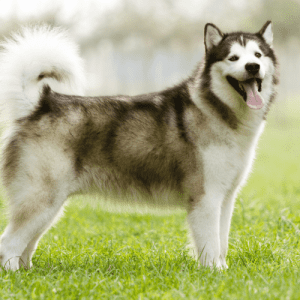
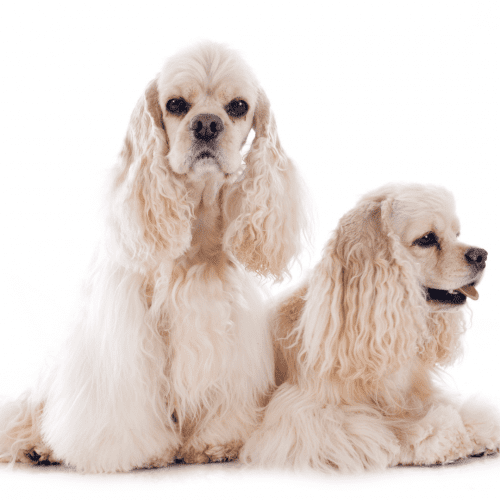
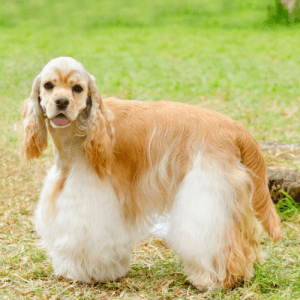
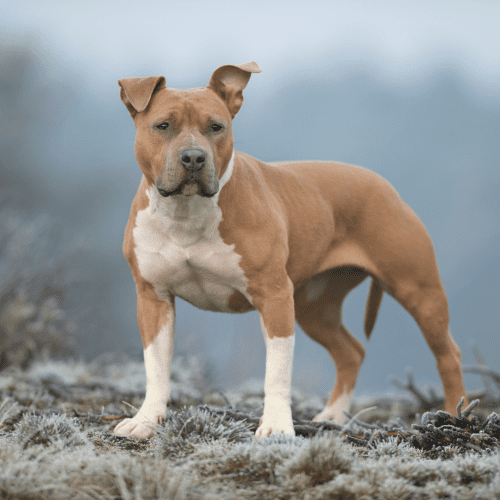
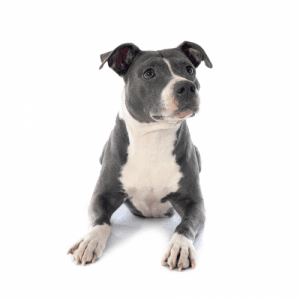
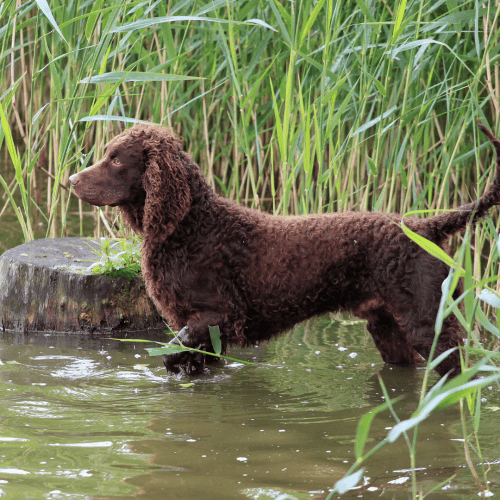
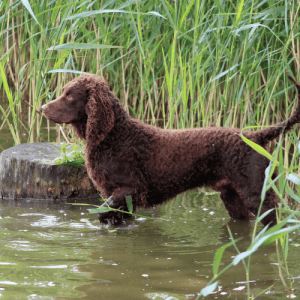
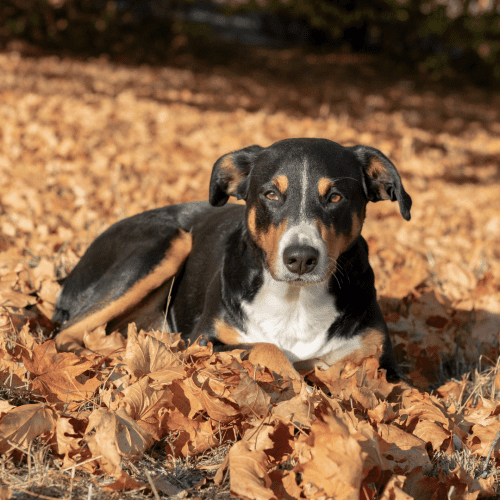

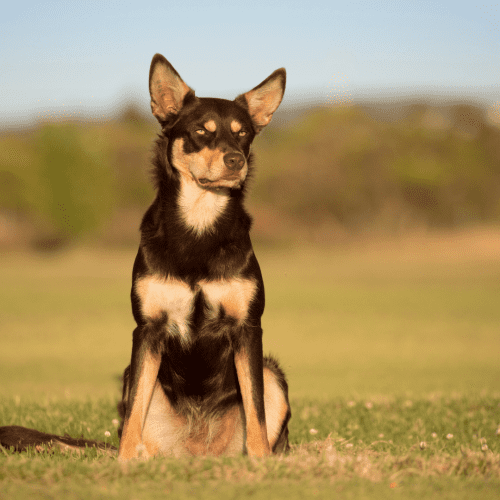

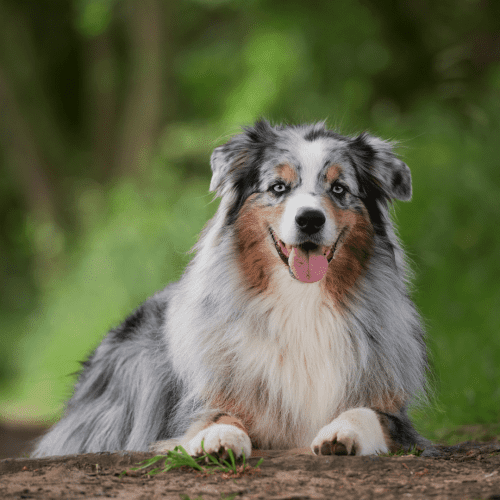

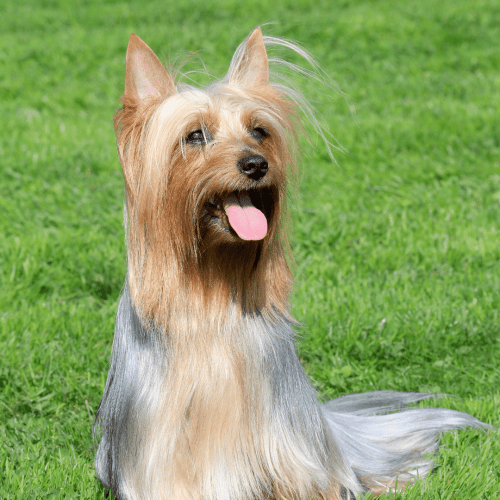
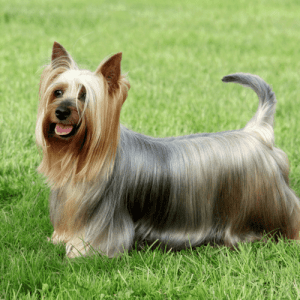
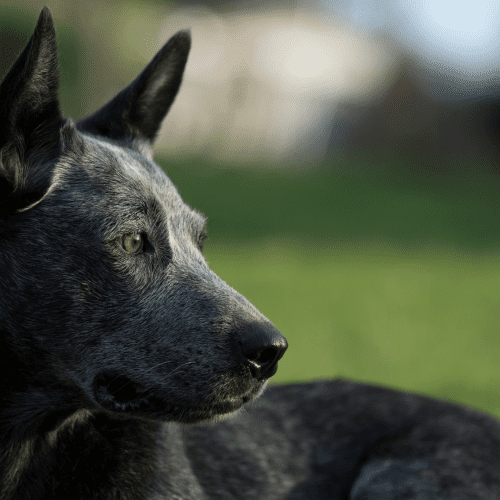
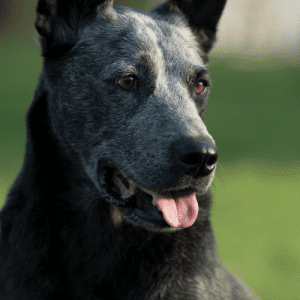
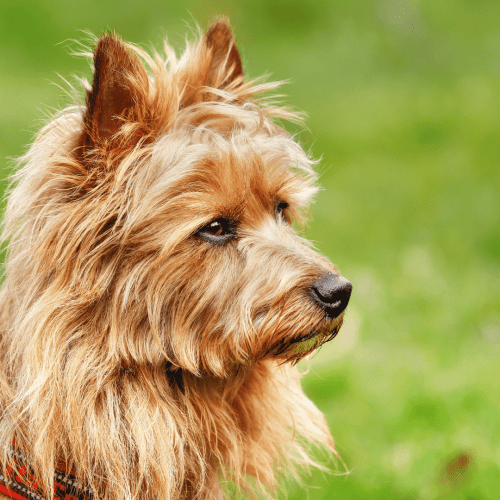

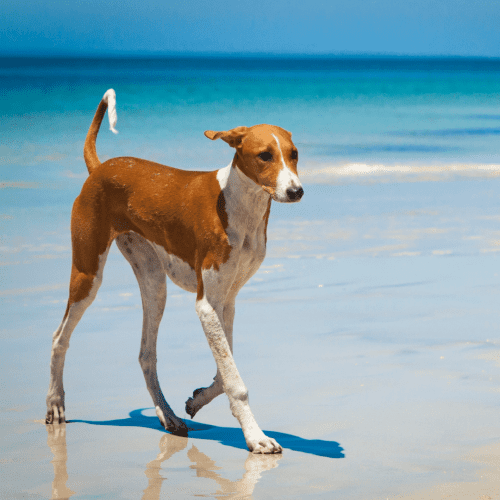

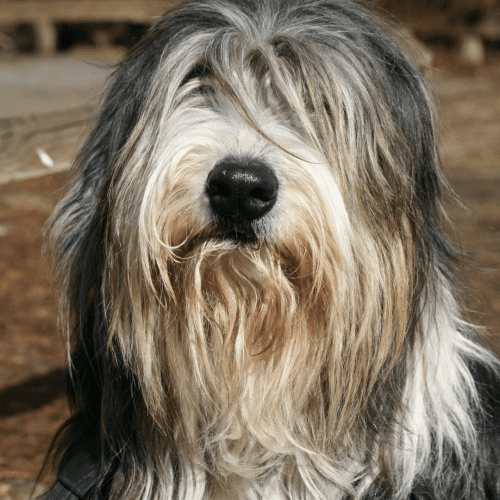

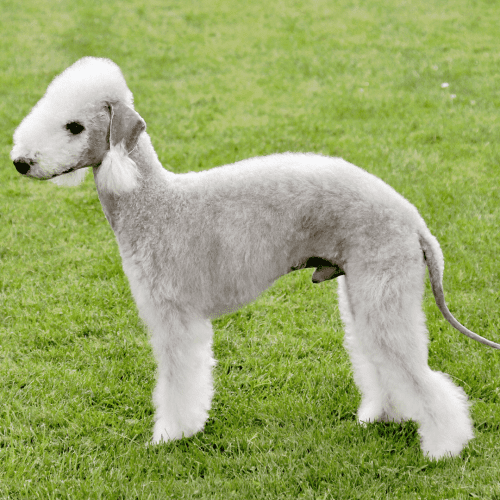
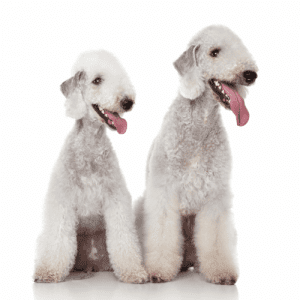
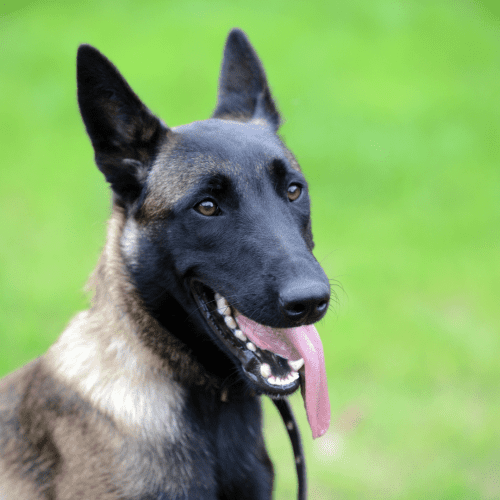
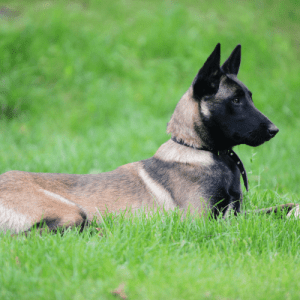
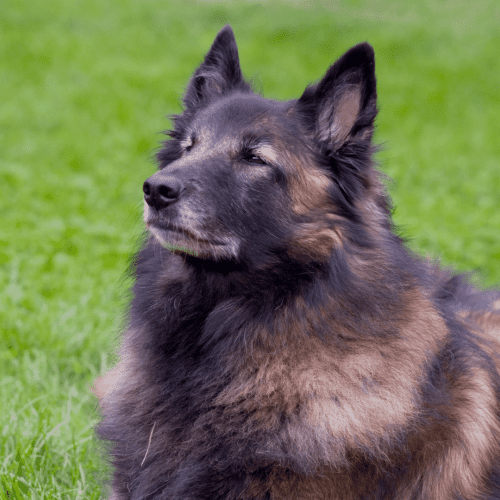

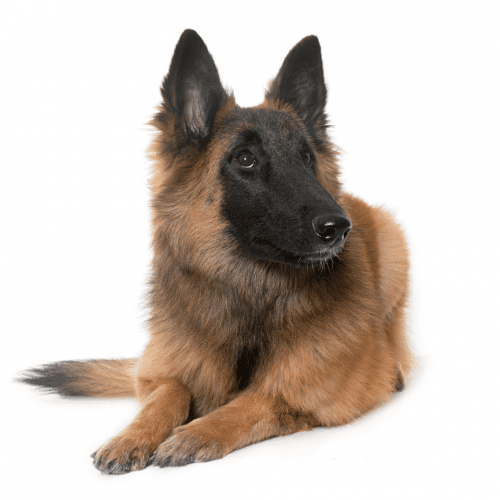



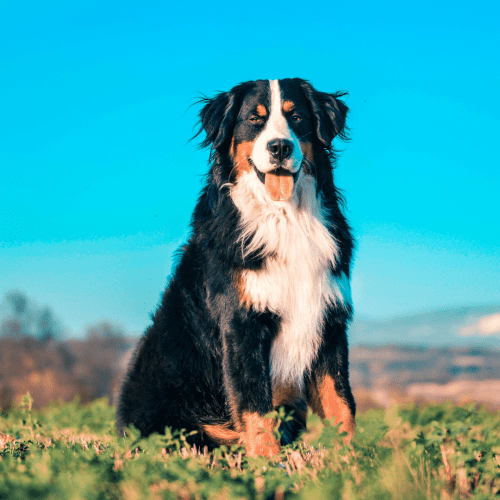

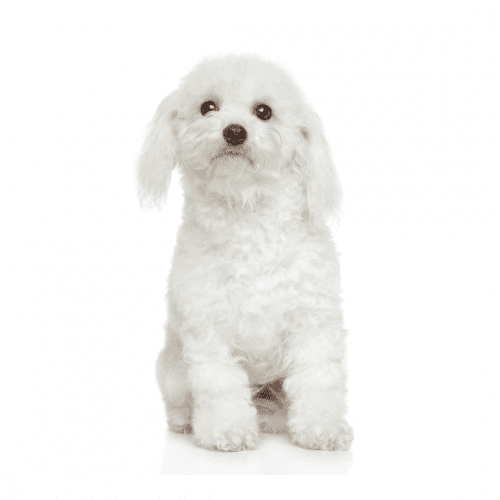


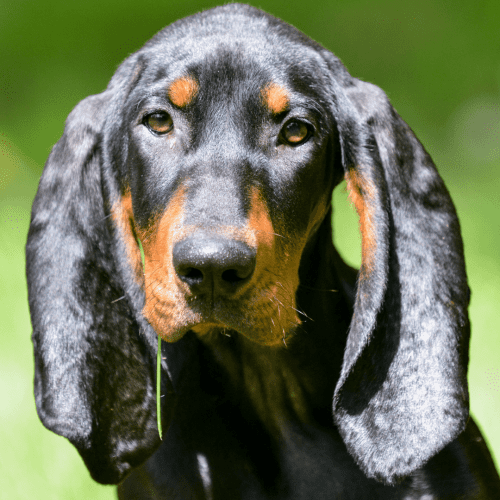
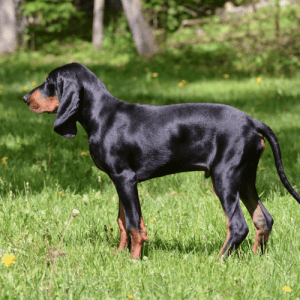
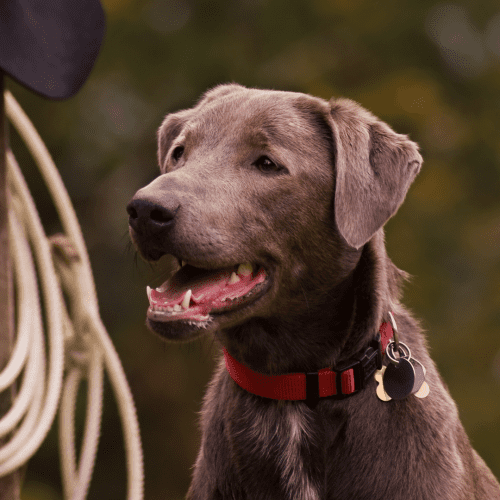

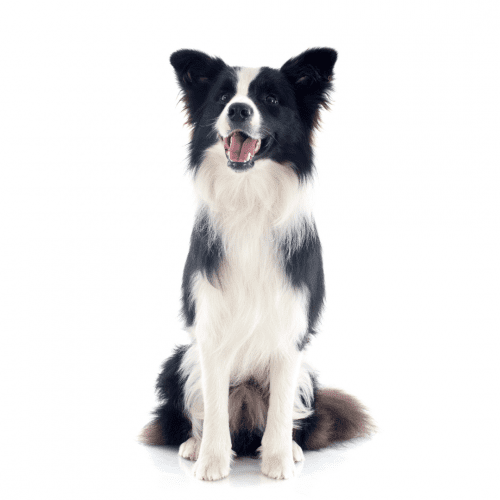

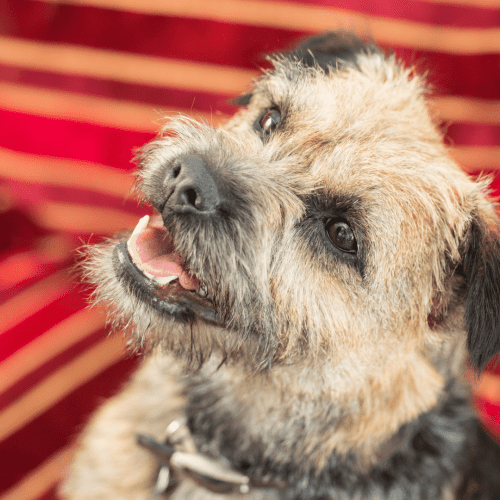
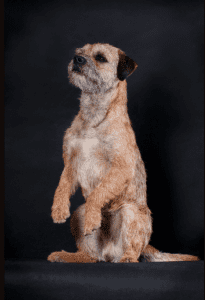
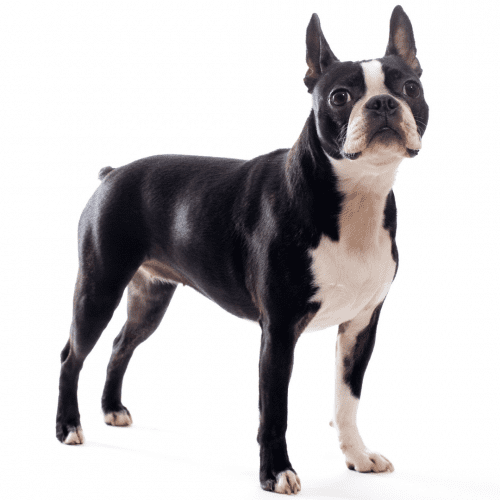

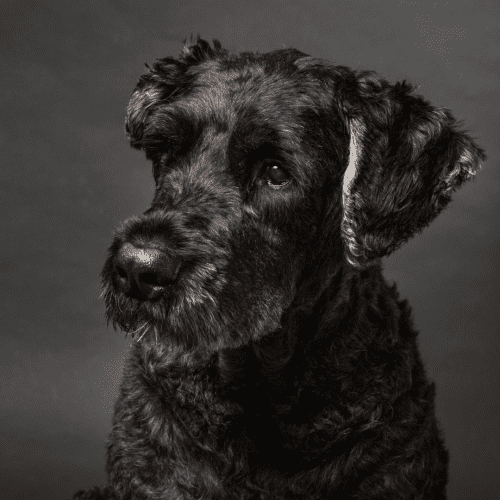
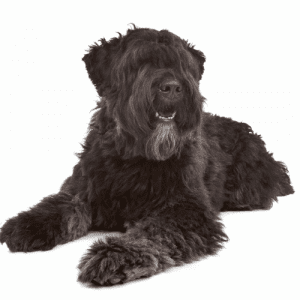
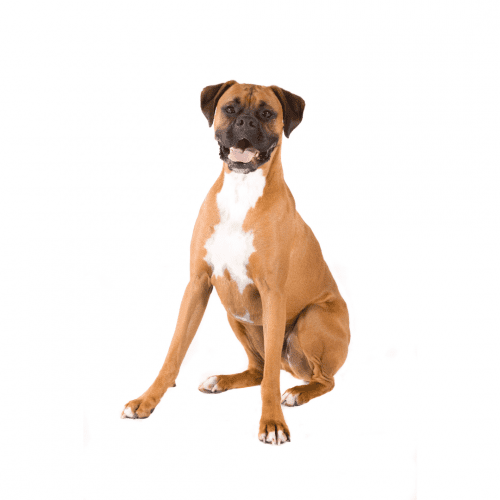

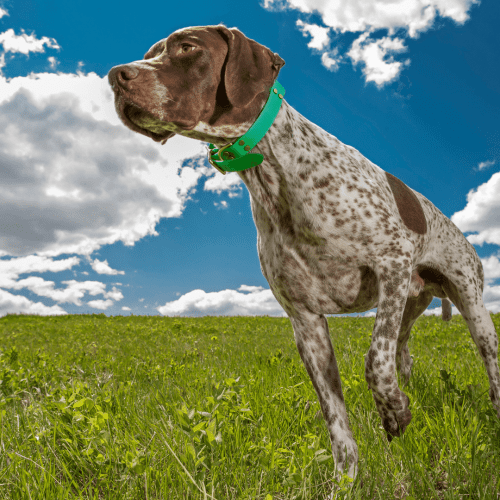
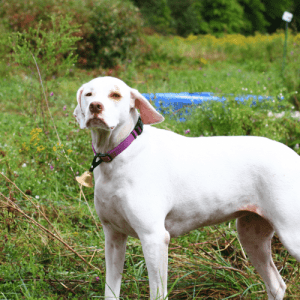
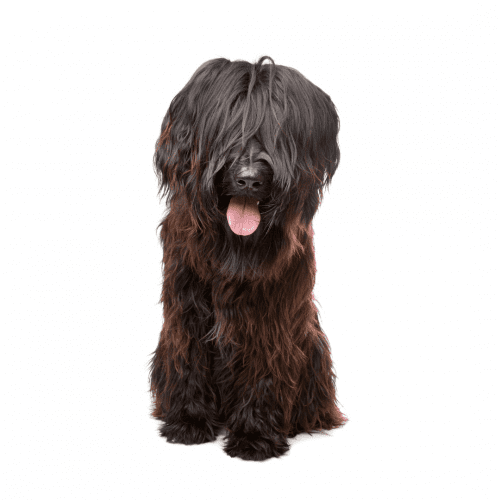

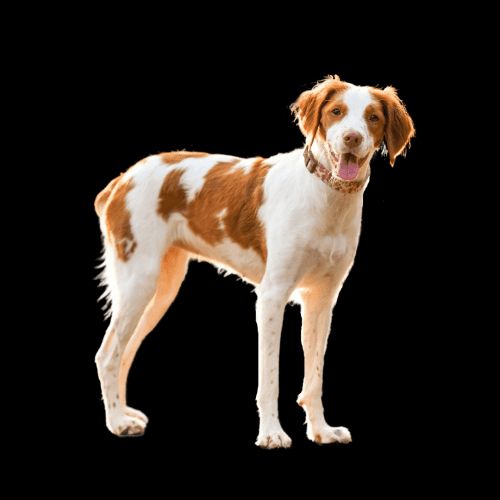
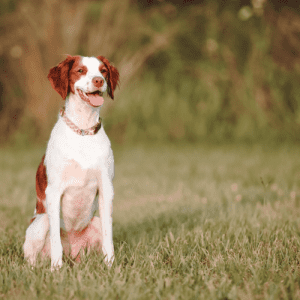
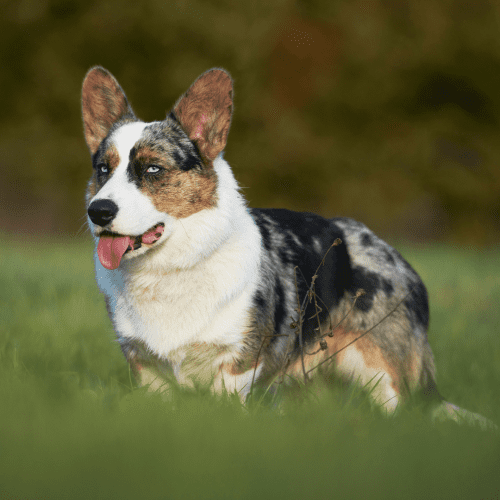
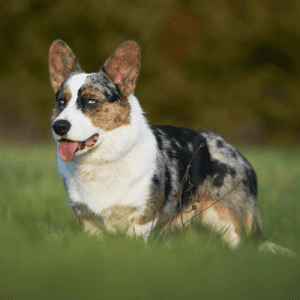
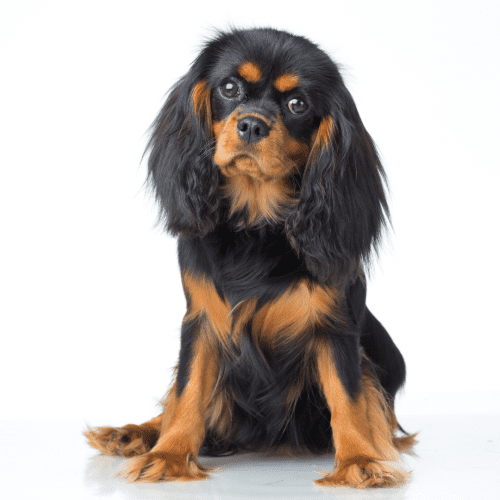
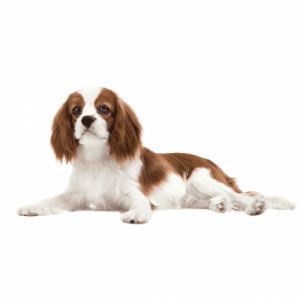
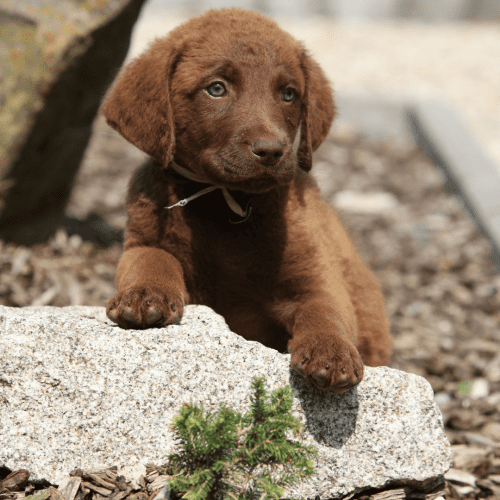
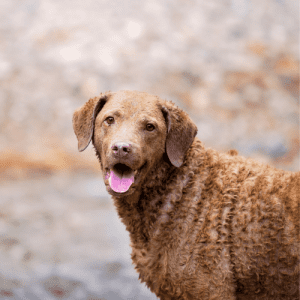
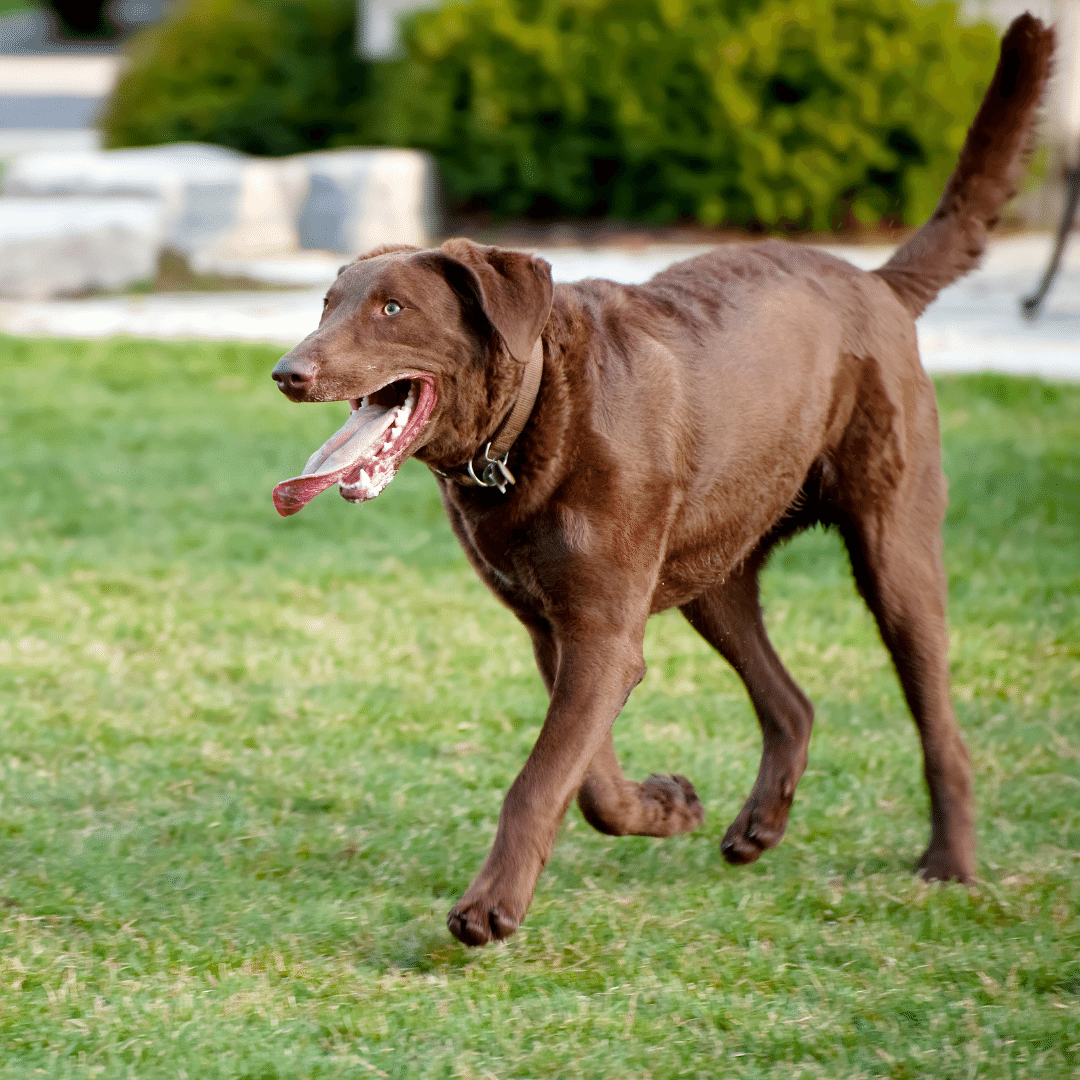
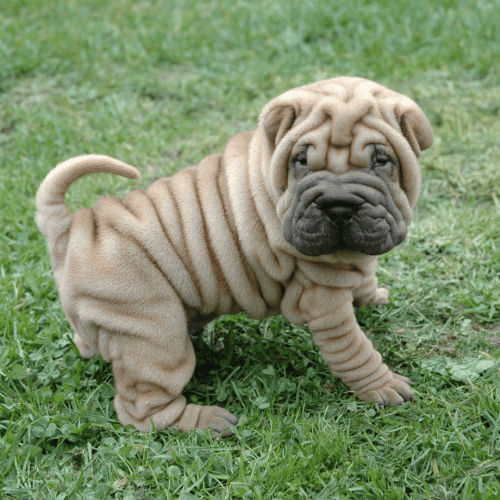
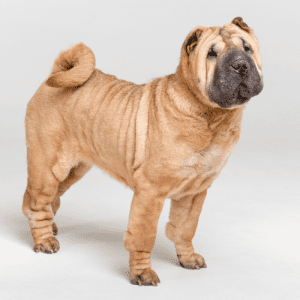
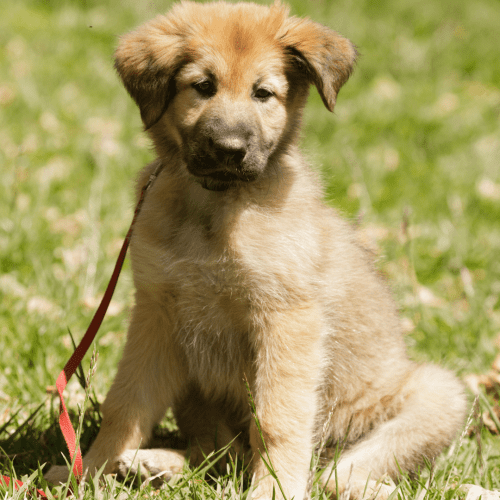

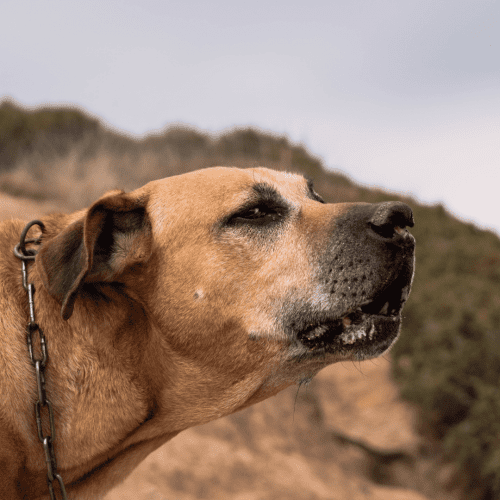
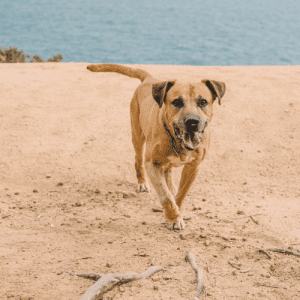
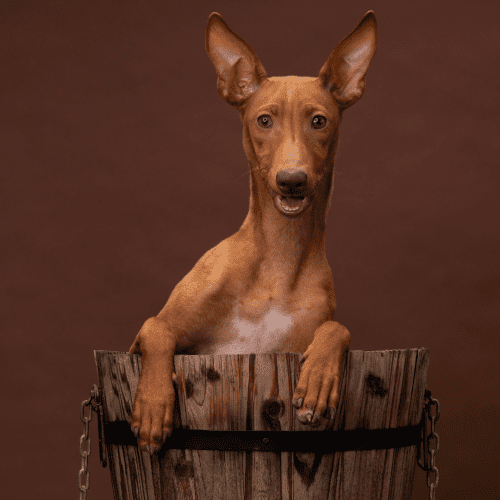
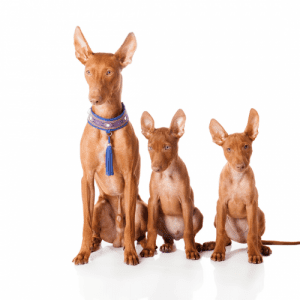
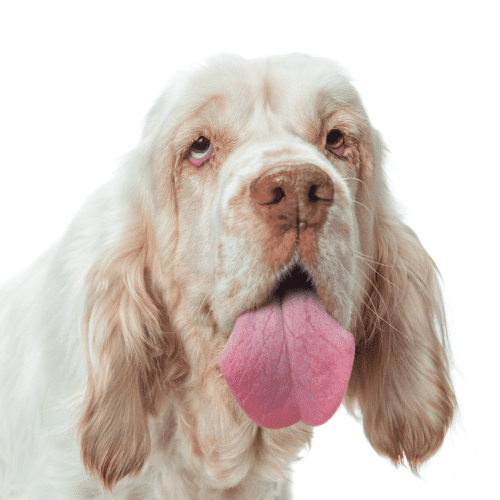
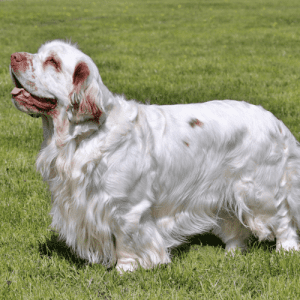
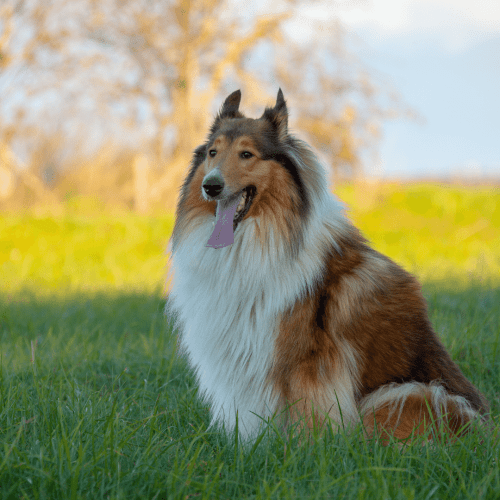

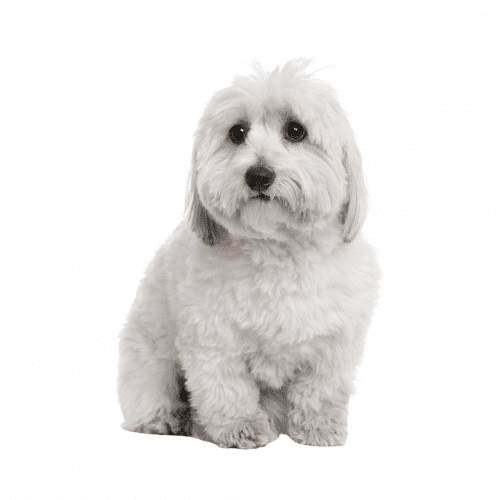
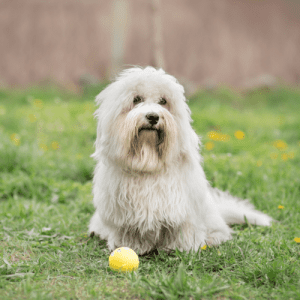
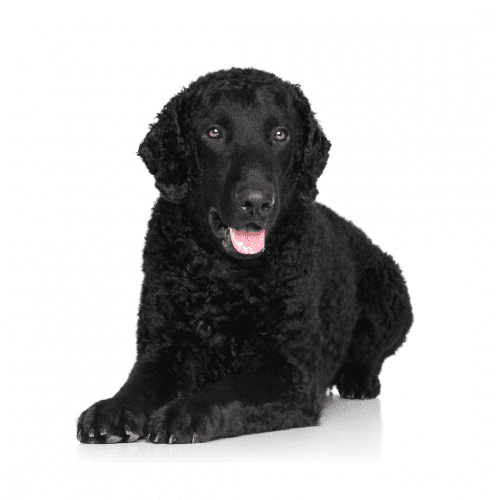
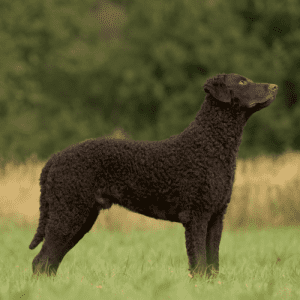
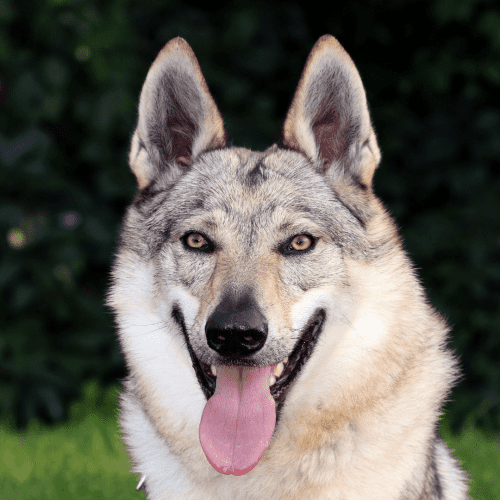
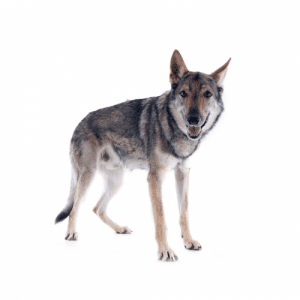
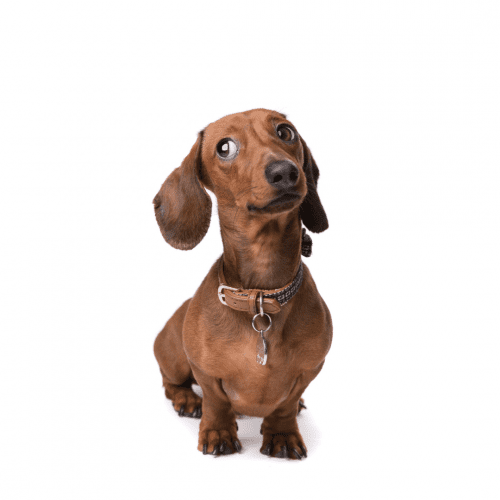

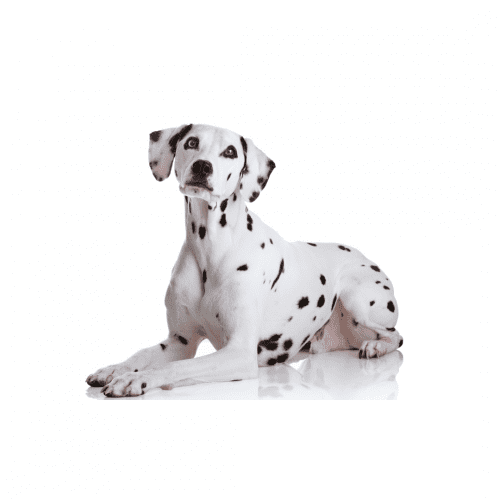

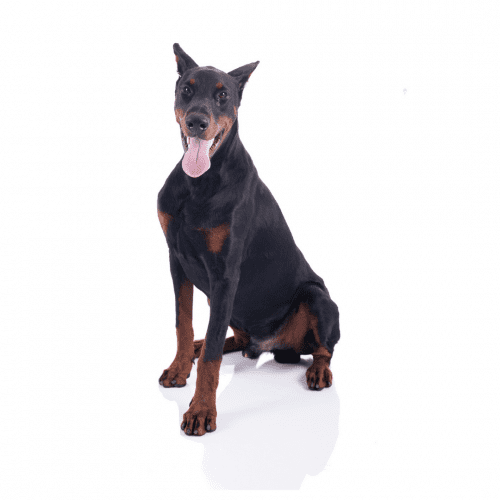
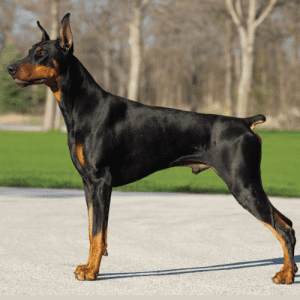
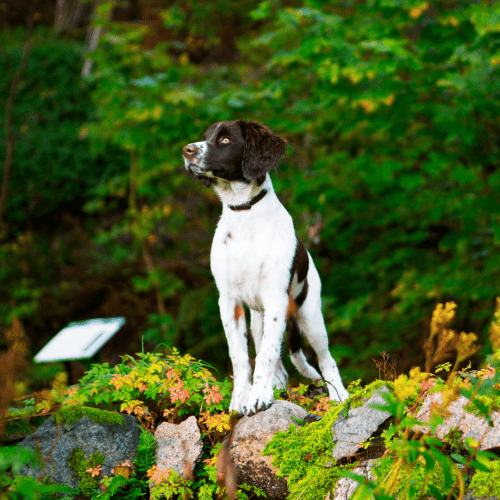
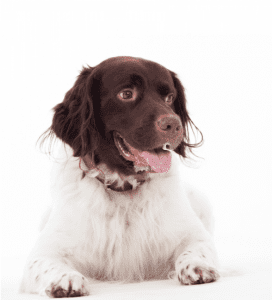
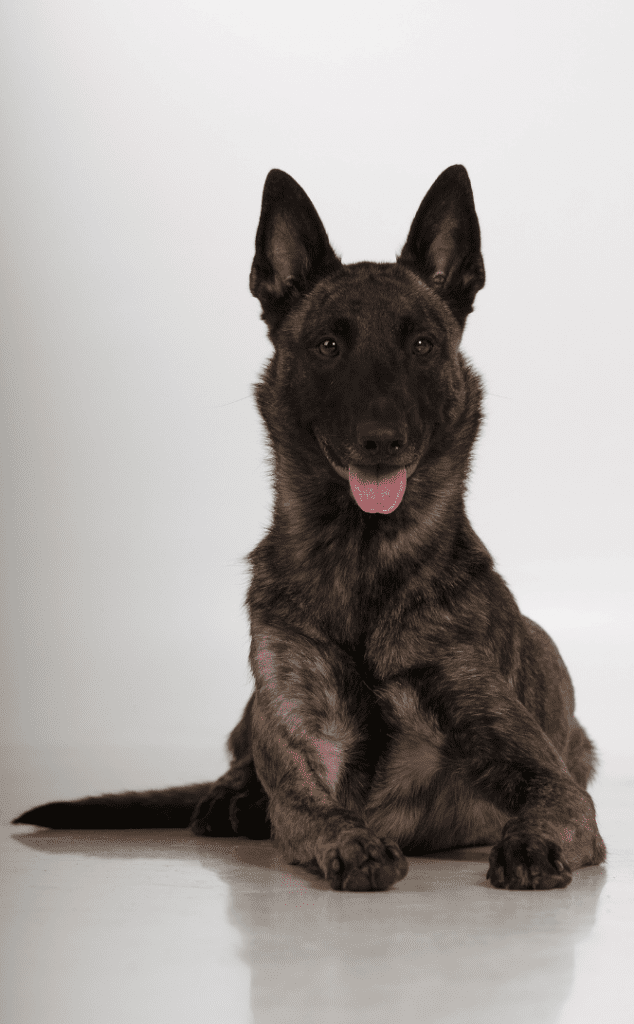

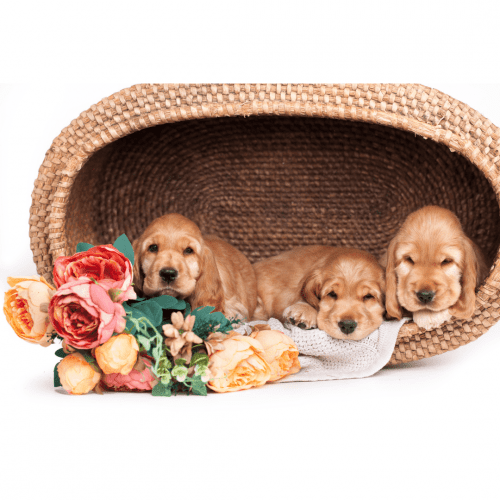
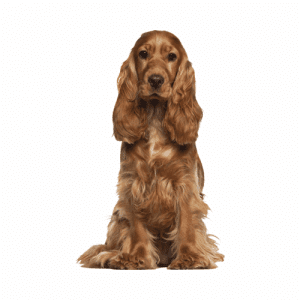
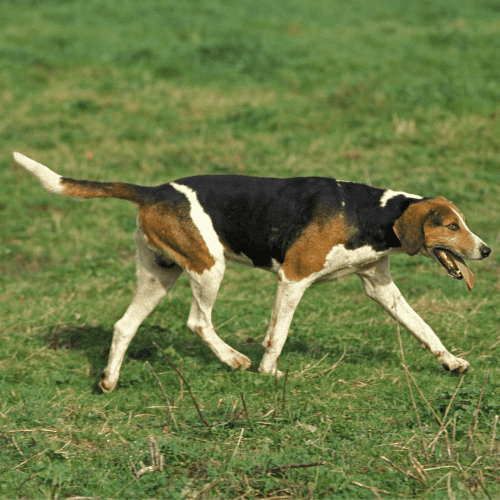

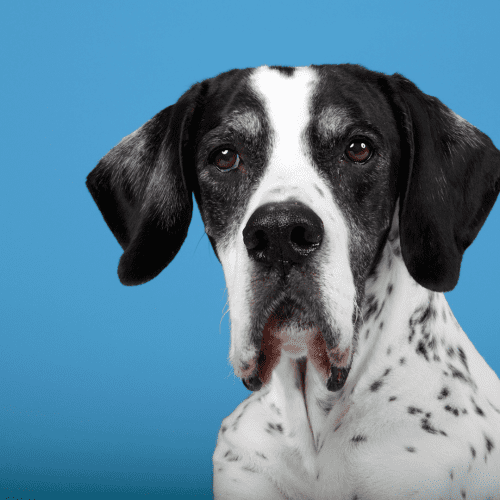

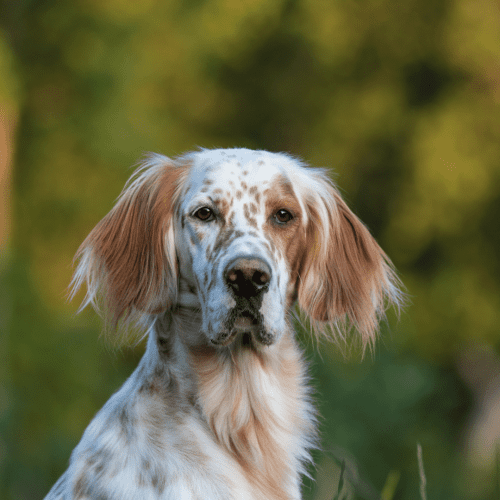

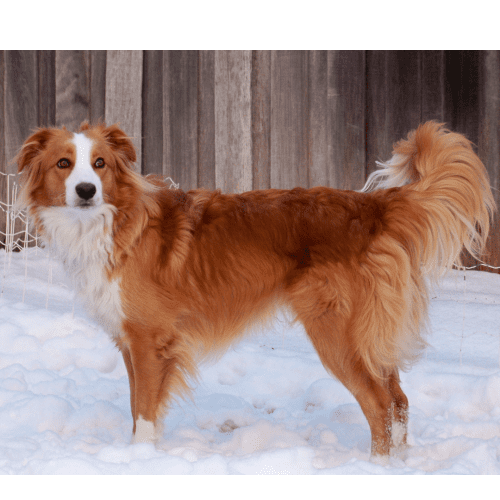

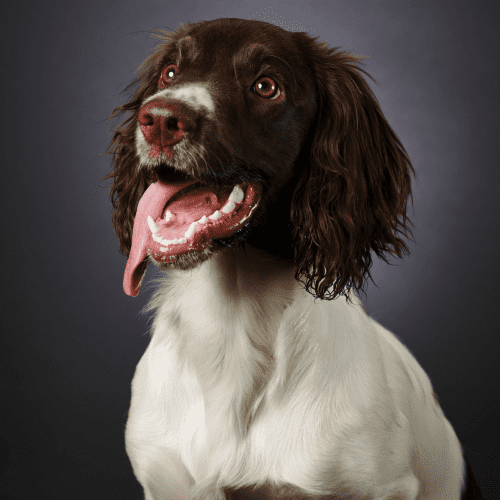

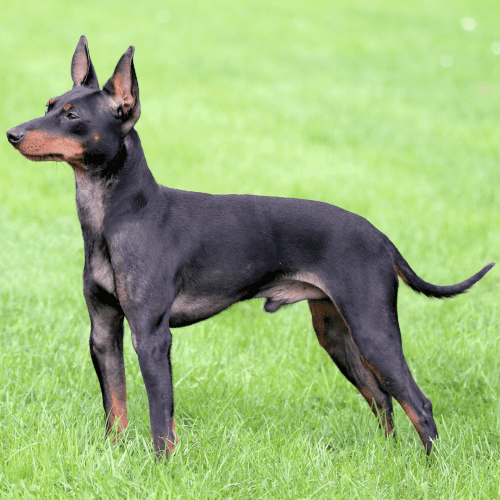

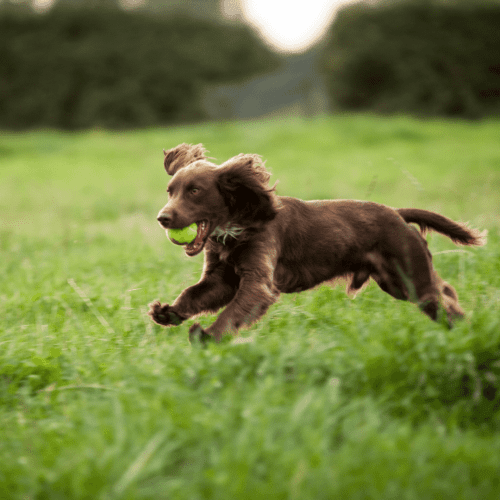

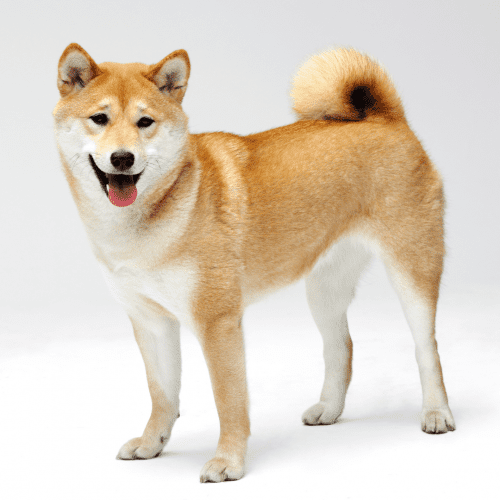

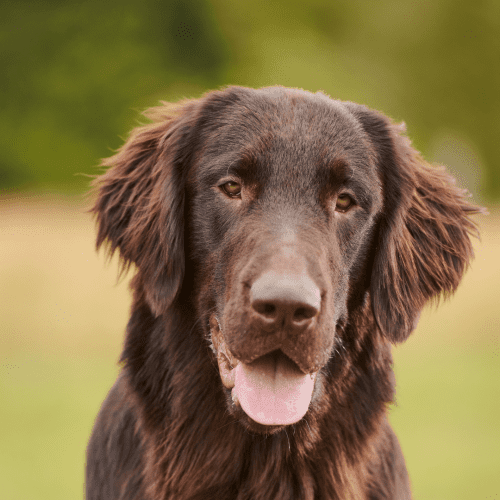
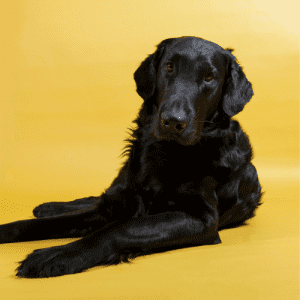
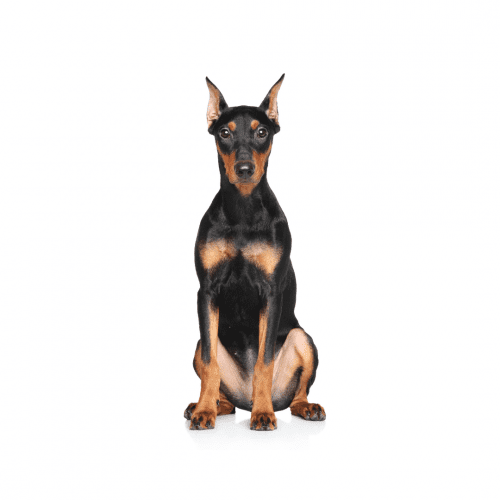
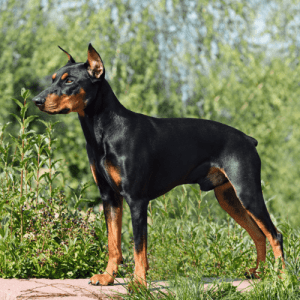 The German Pinscher is a relatively new breed, having been around only since the early 19th century. They were developed in Germany as a ratter and companion dogs and were later refined to become the elegant, athletic breed we know today. German Pinschers are intelligent and eager to please, making them excellent candidates for training. They are also fiercely loyal and protective of their families, which makes them excellent watchdogs. German Pinschers are relatively rare in the United States, but their popularity is slowly but steadily growing. If you’re looking for a loving, energetic companion with an oh-so-charming personality, the German Pinscher might be the perfect breed for you!
The German Pinscher is a relatively new breed, having been around only since the early 19th century. They were developed in Germany as a ratter and companion dogs and were later refined to become the elegant, athletic breed we know today. German Pinschers are intelligent and eager to please, making them excellent candidates for training. They are also fiercely loyal and protective of their families, which makes them excellent watchdogs. German Pinschers are relatively rare in the United States, but their popularity is slowly but steadily growing. If you’re looking for a loving, energetic companion with an oh-so-charming personality, the German Pinscher might be the perfect breed for you!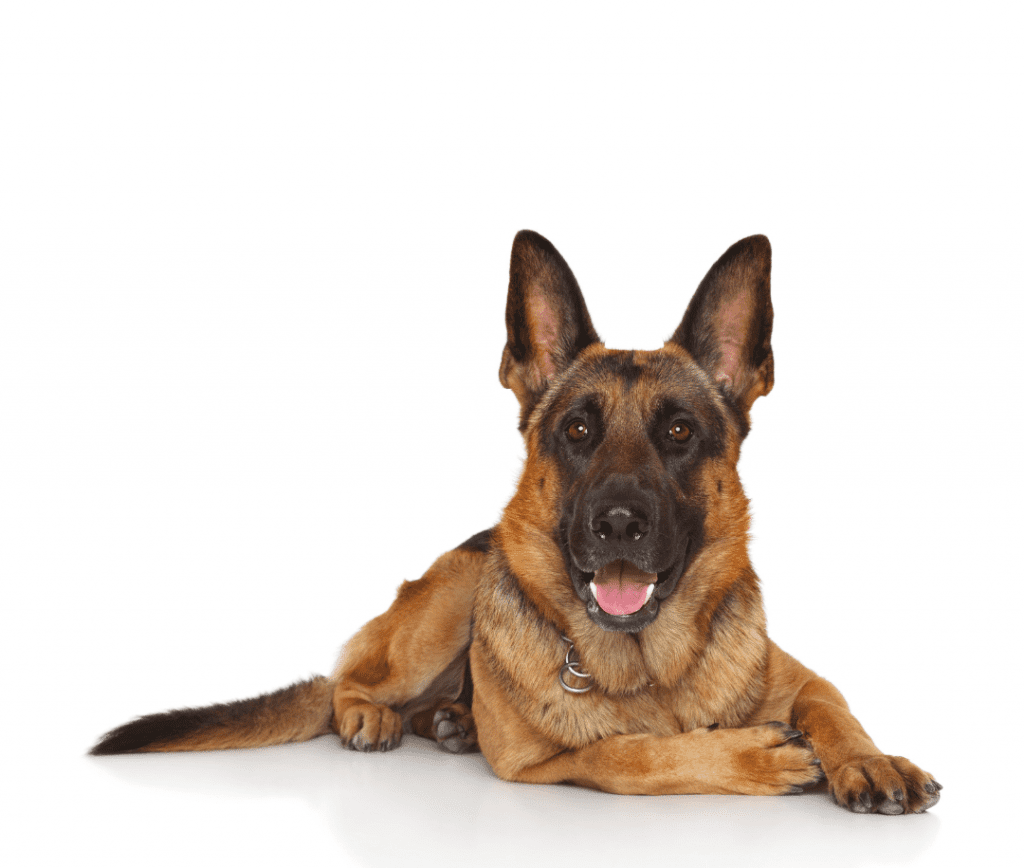
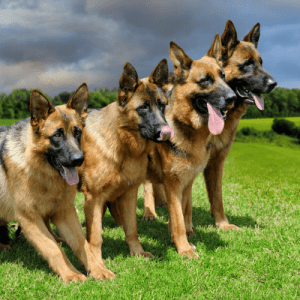
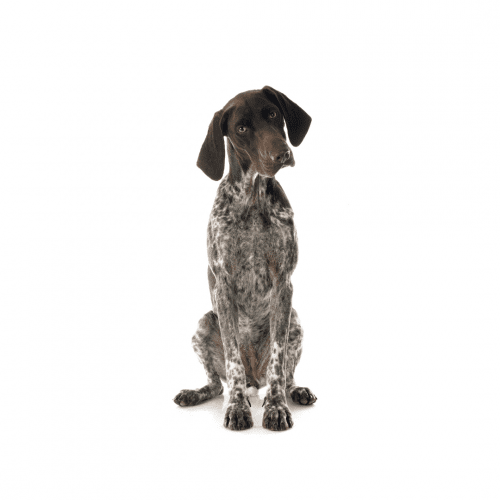
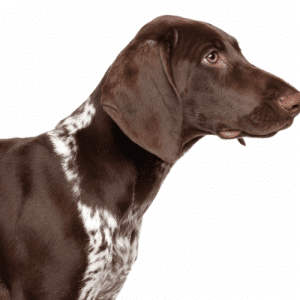
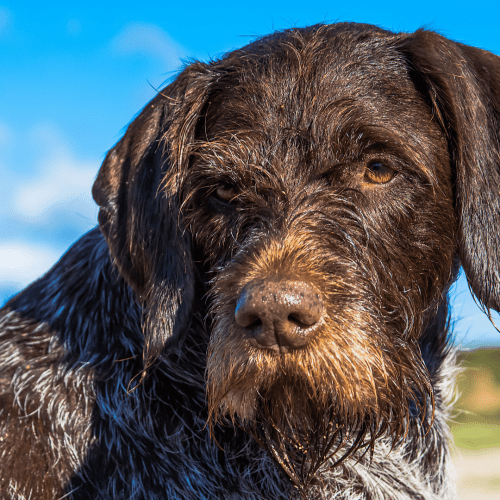
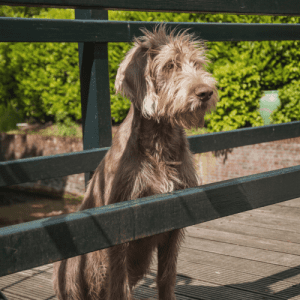
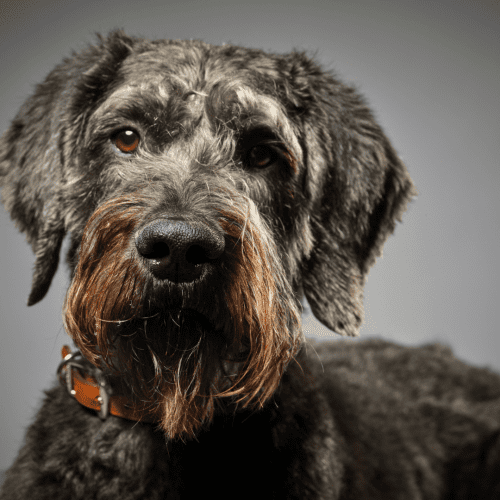

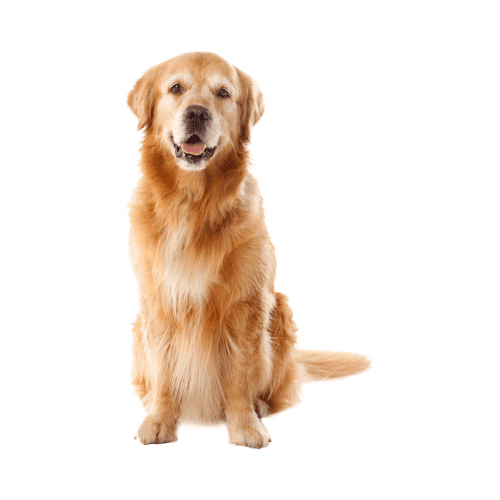

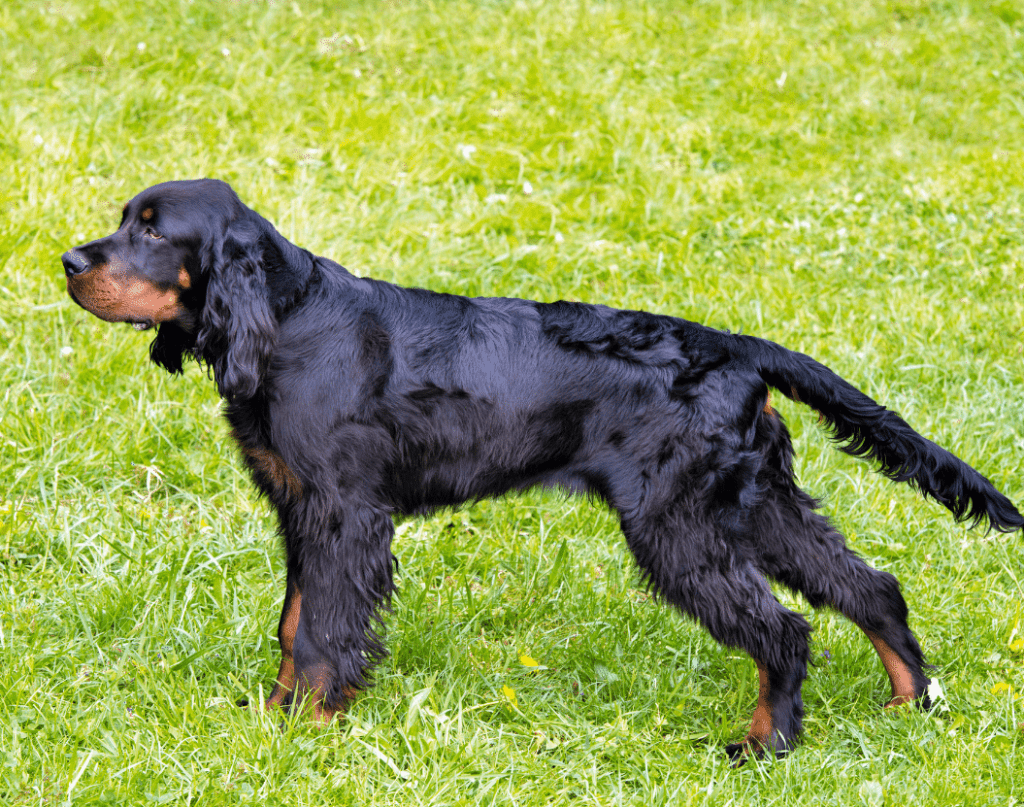

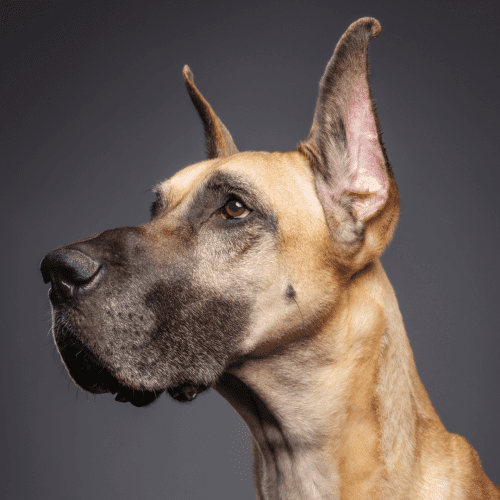

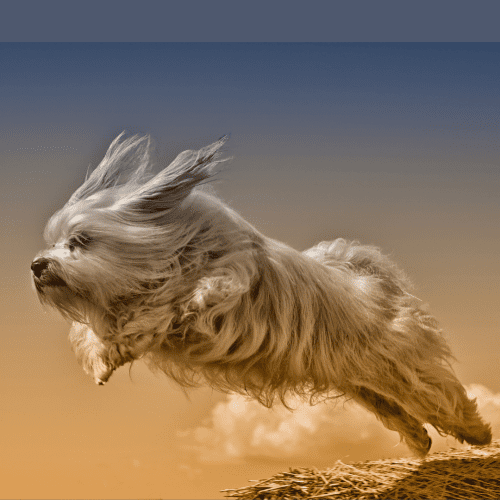

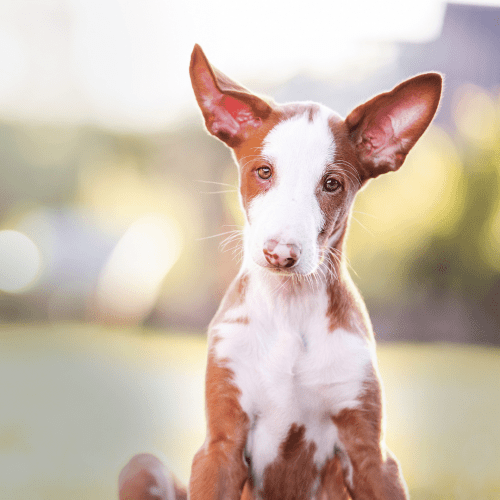

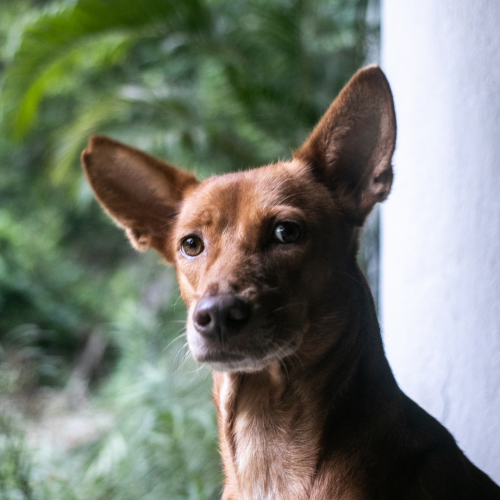

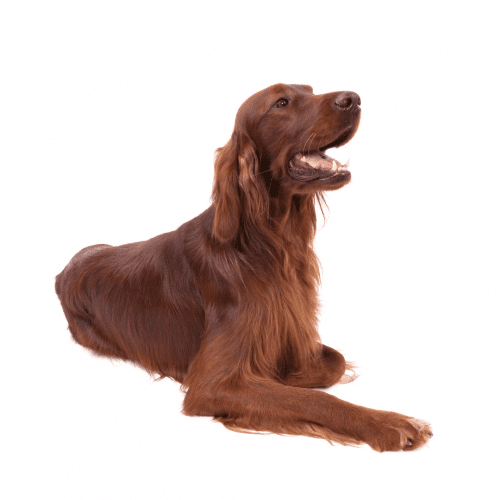

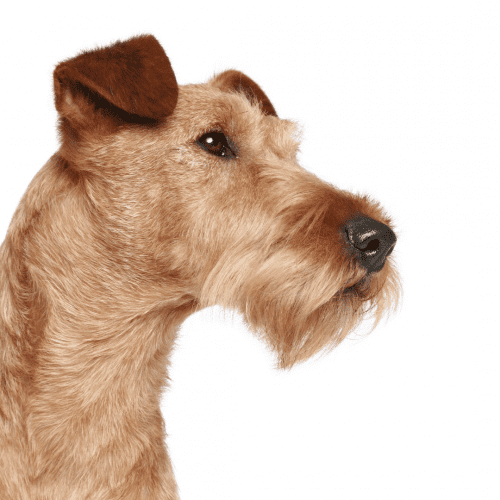

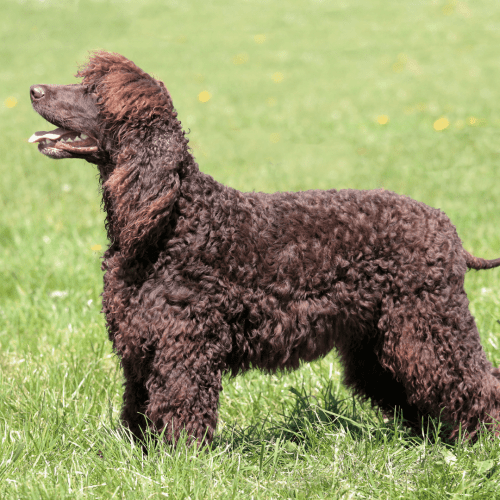
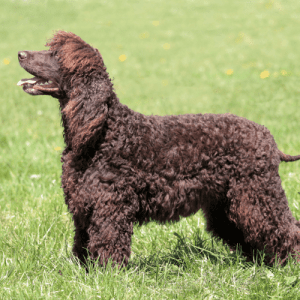
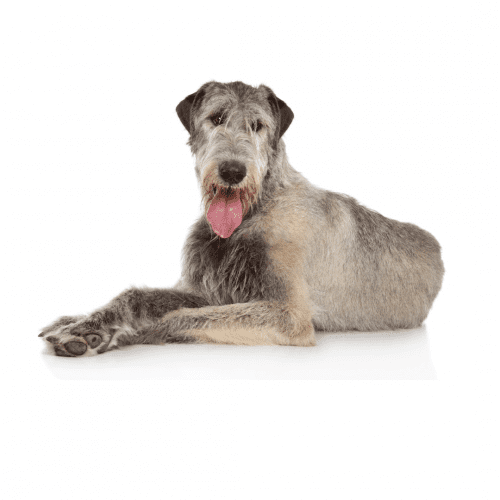

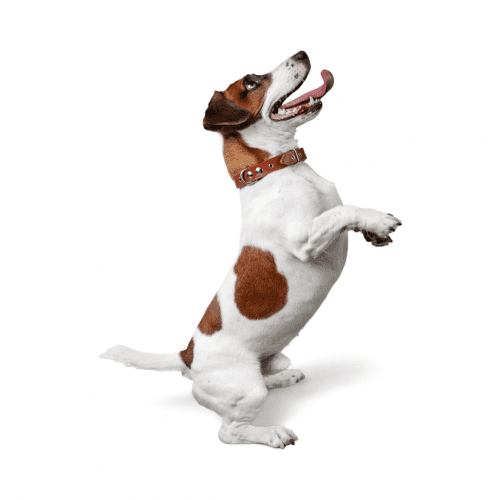

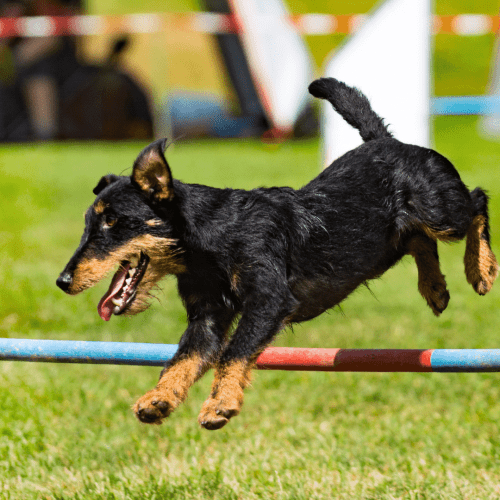

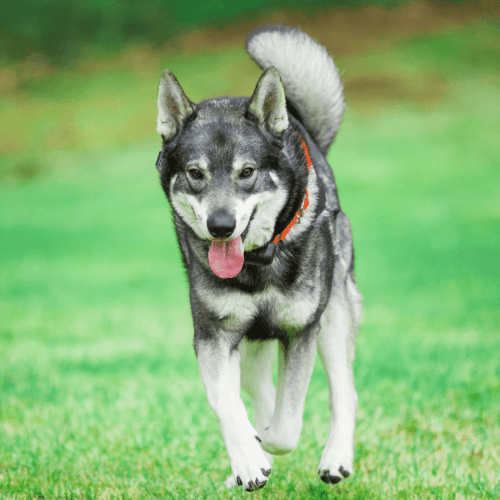

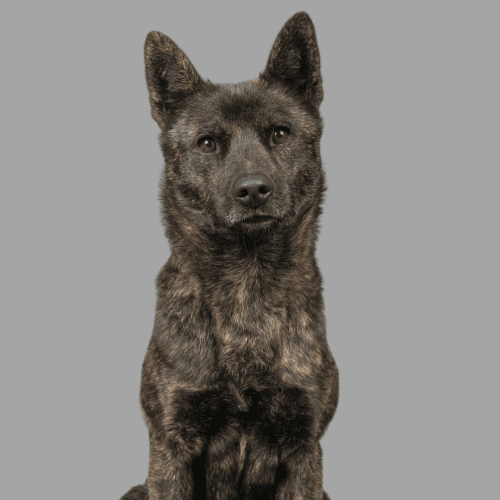

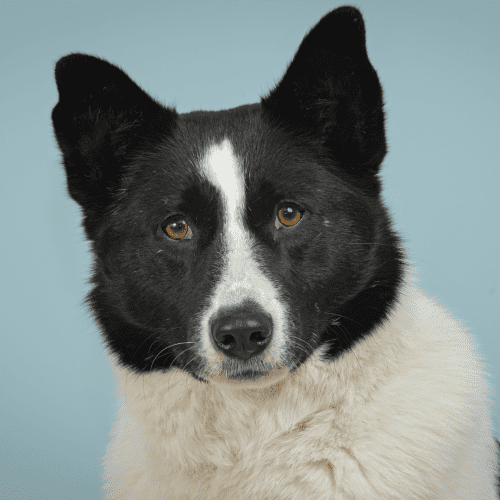

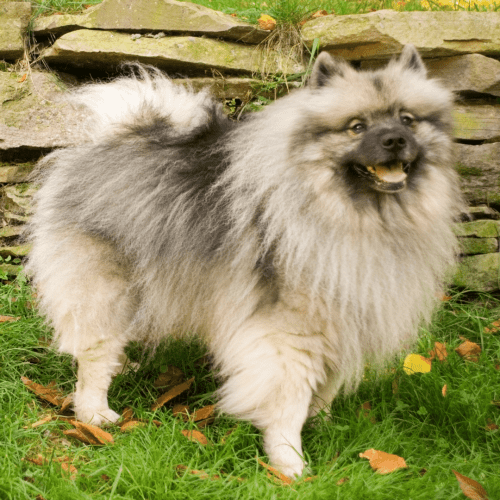

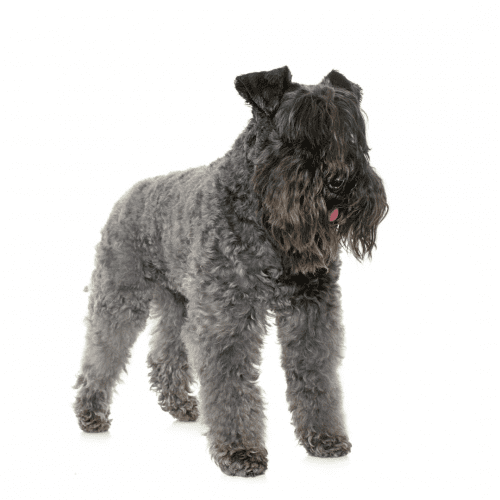

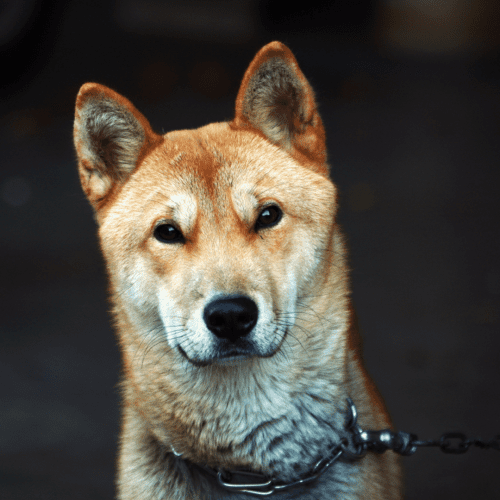
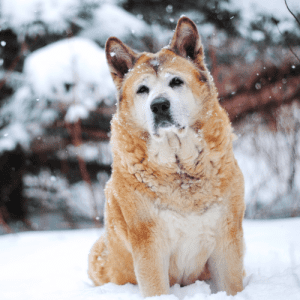
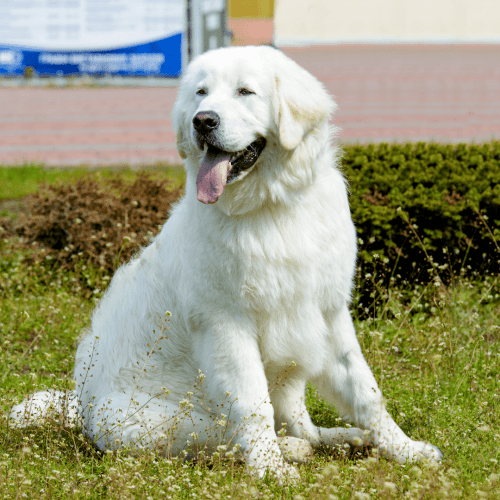

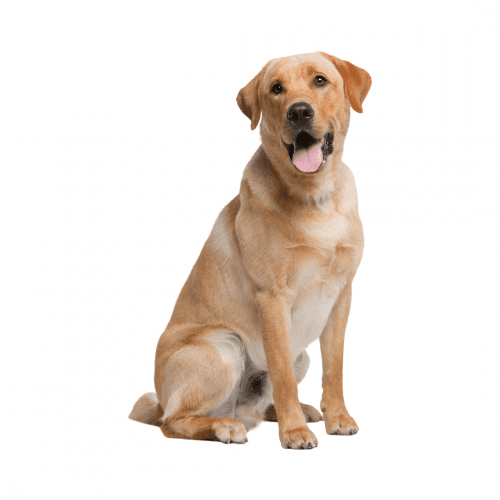

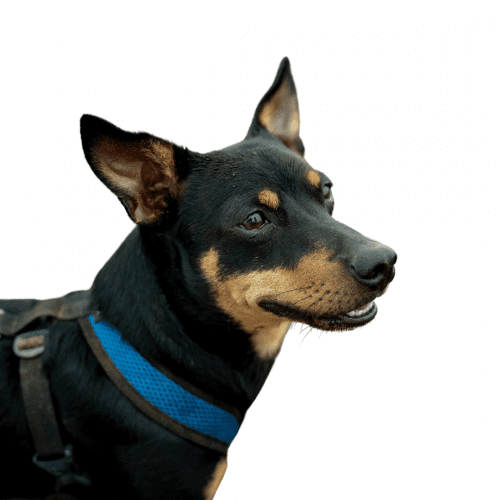
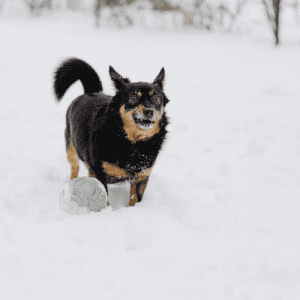
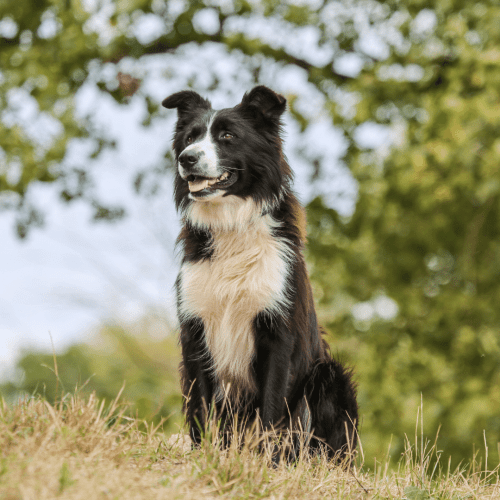

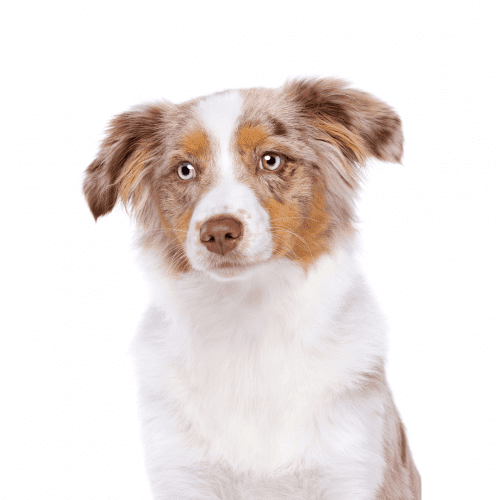

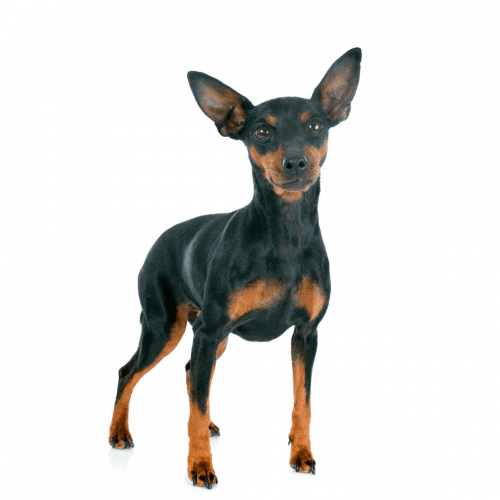
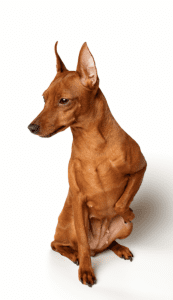
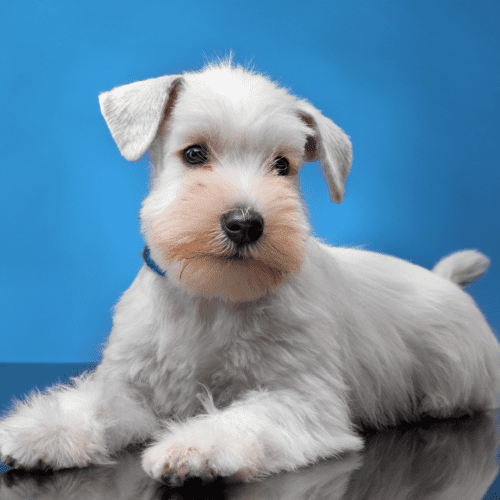

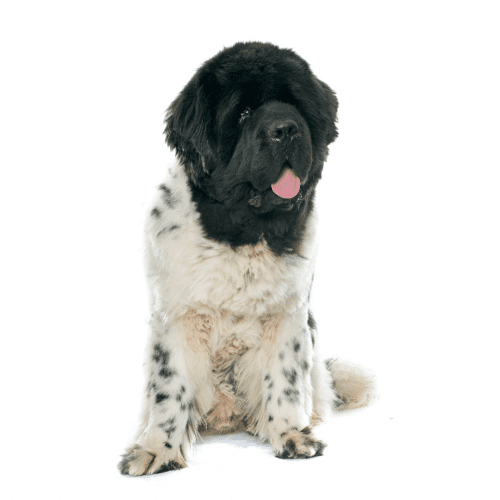

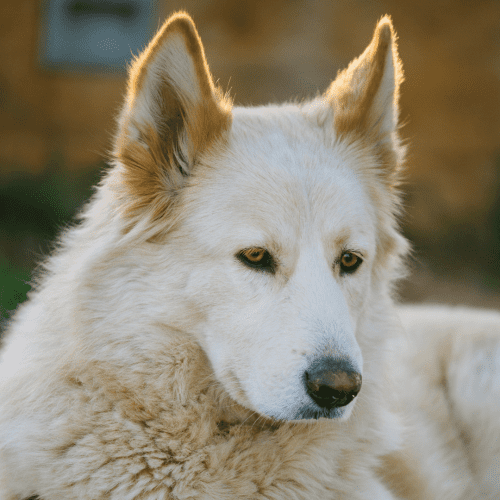

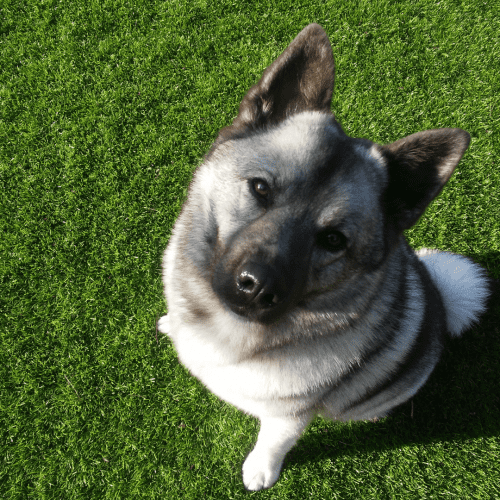

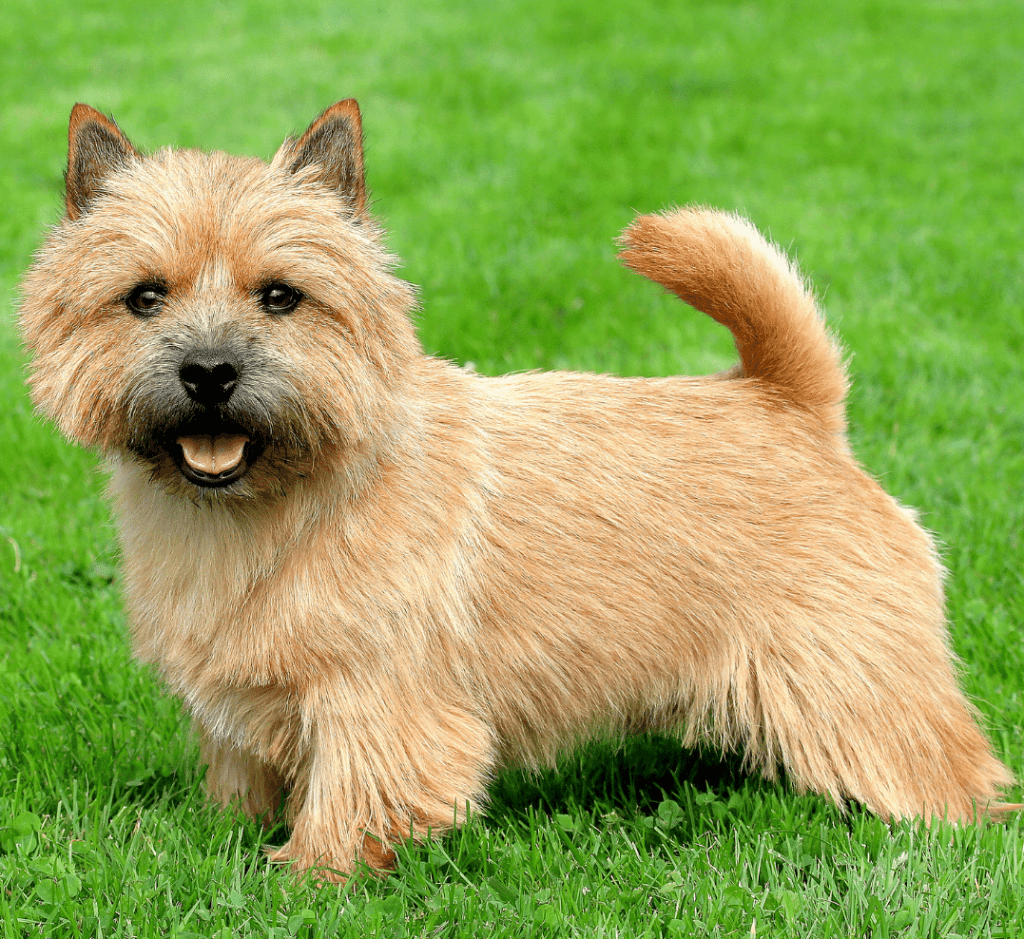

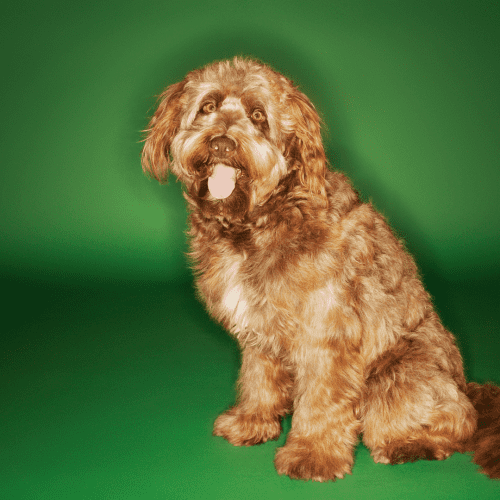

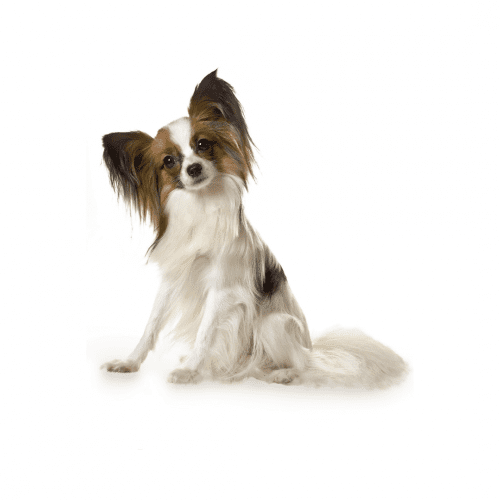
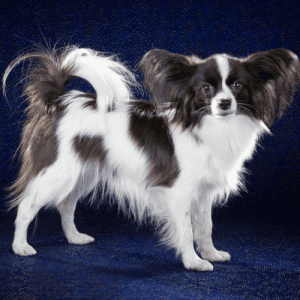
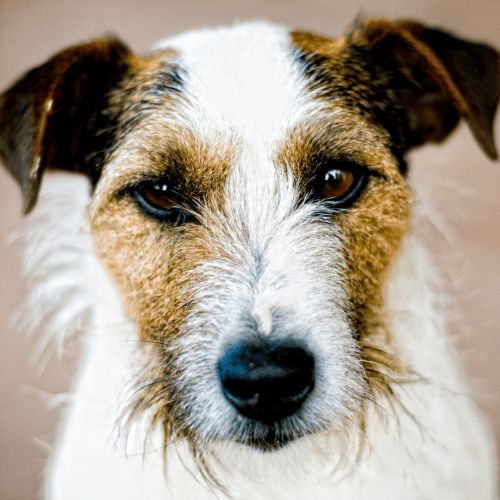
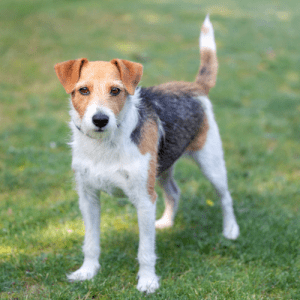
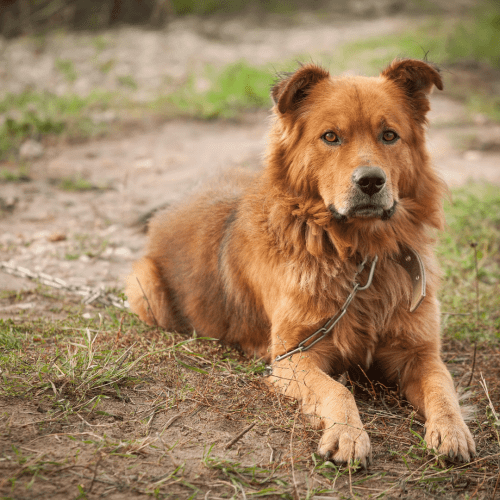

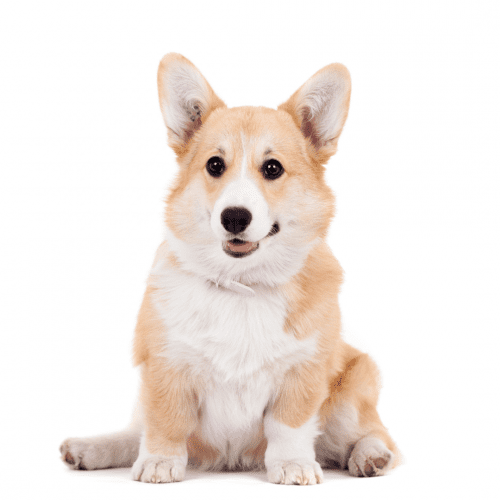
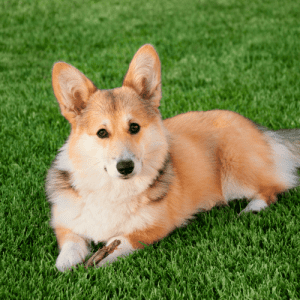
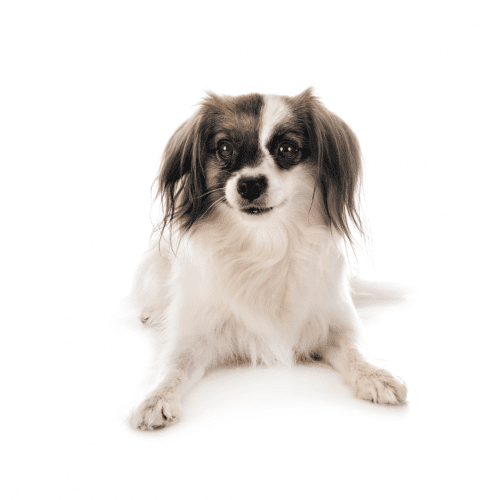

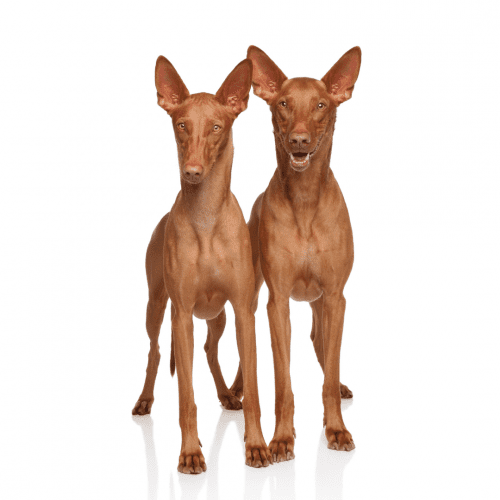

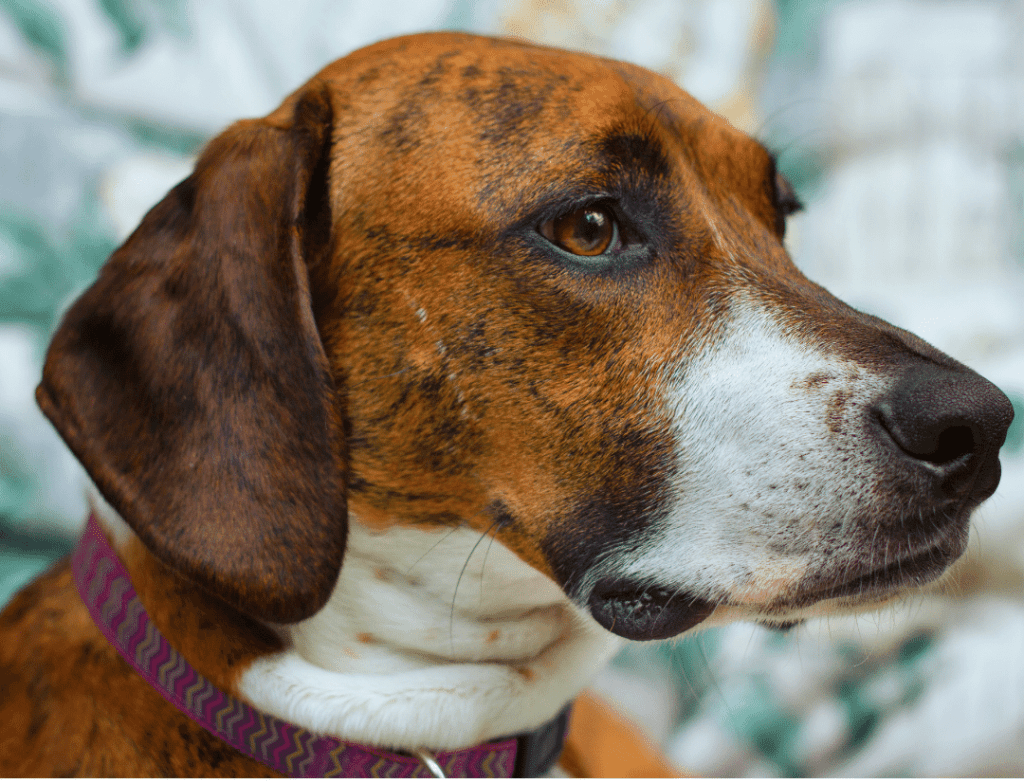

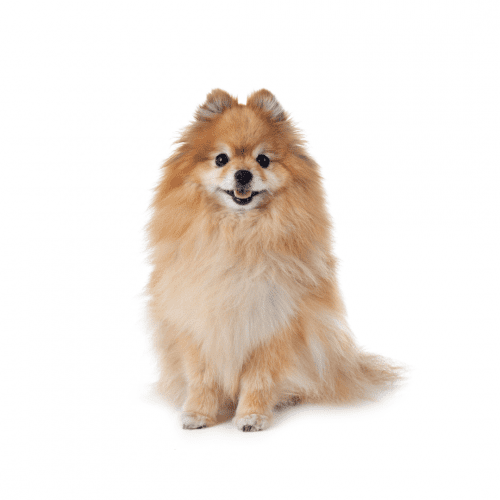

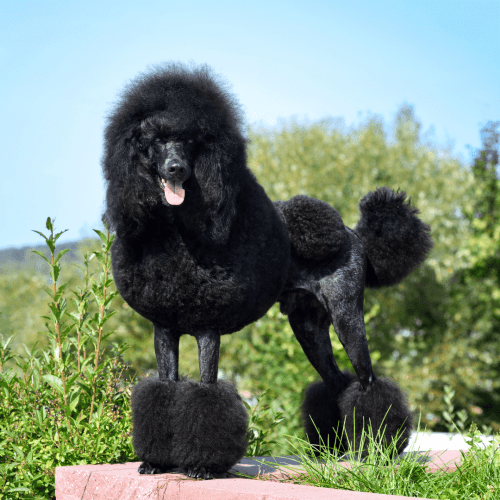

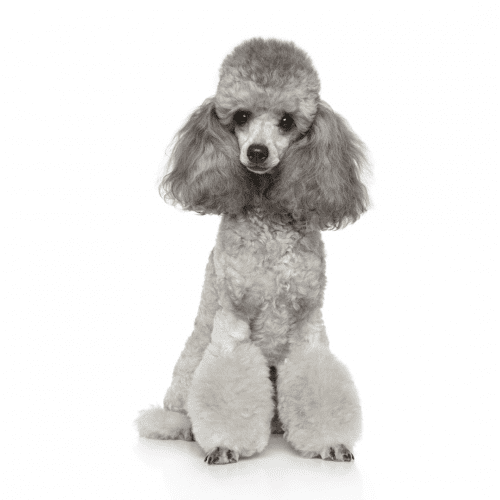

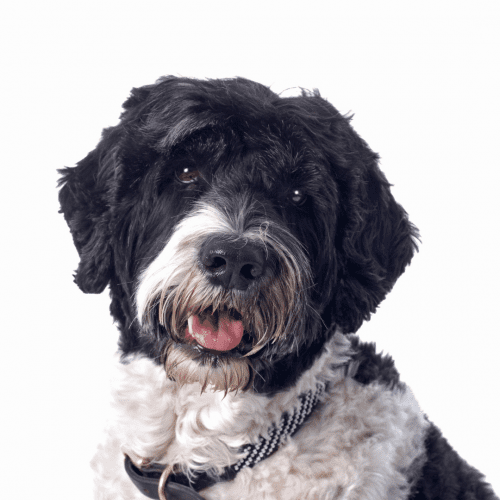

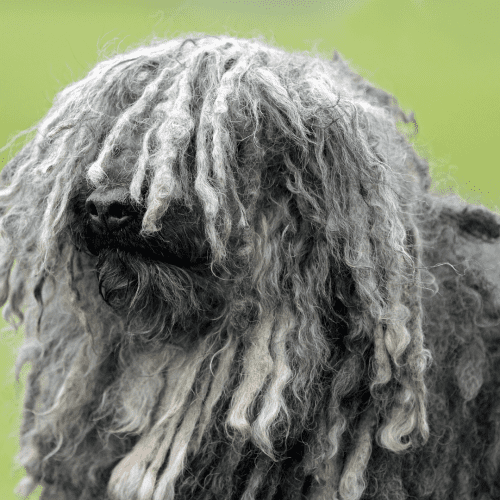

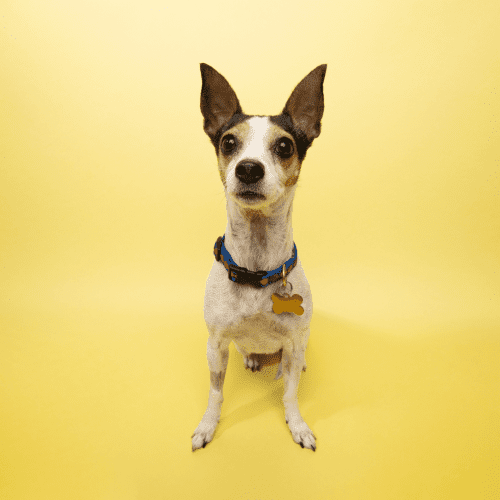

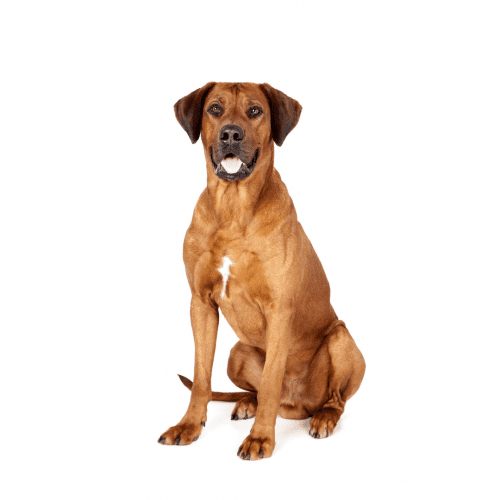

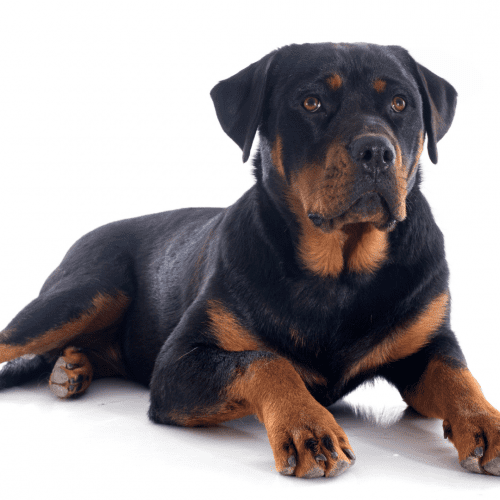

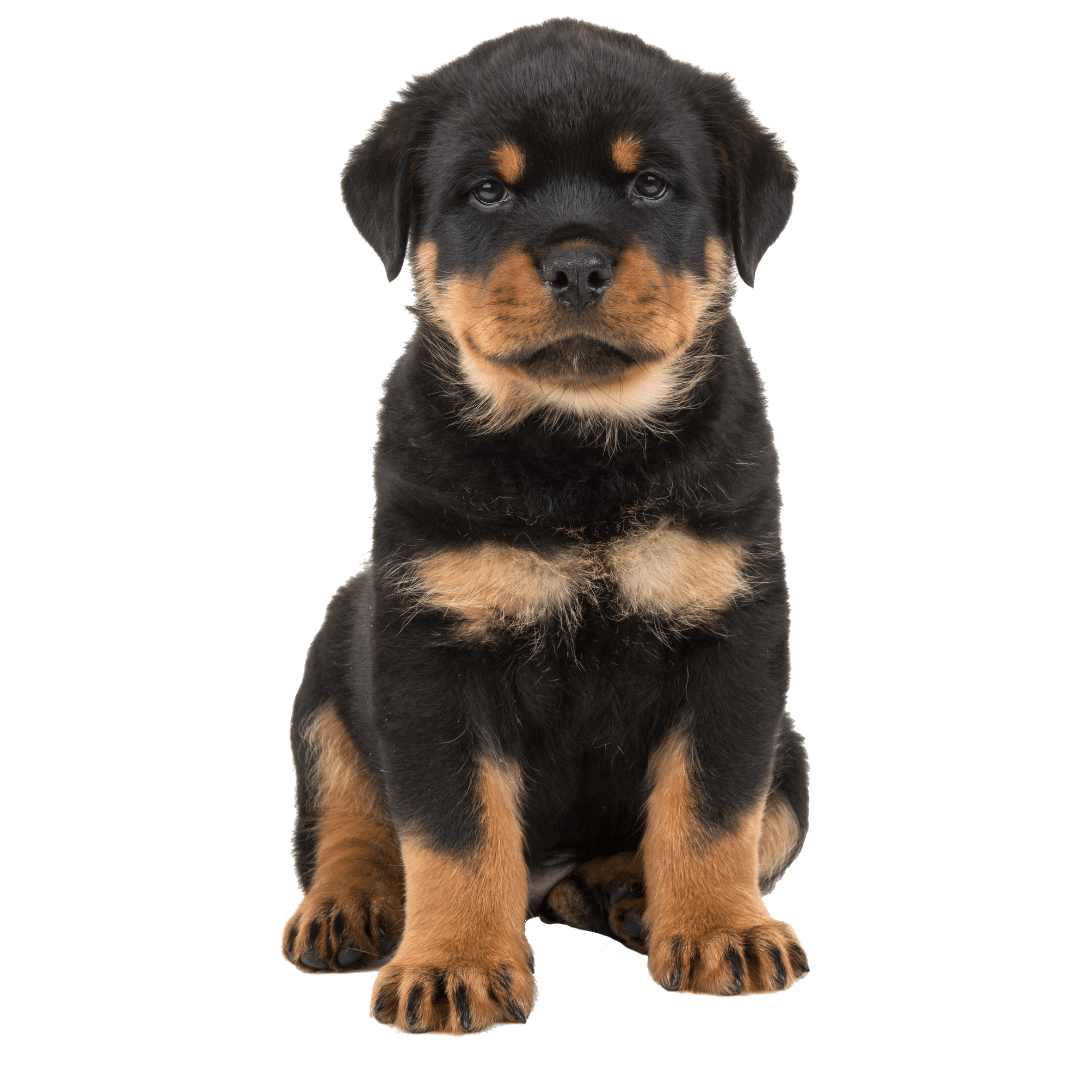
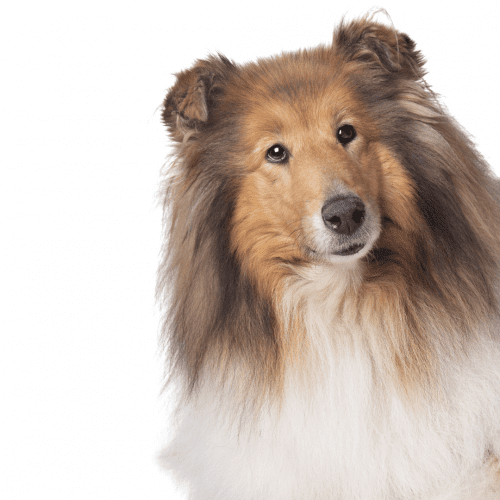
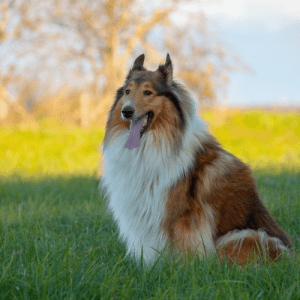
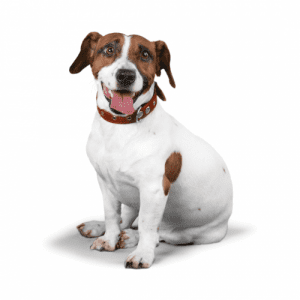
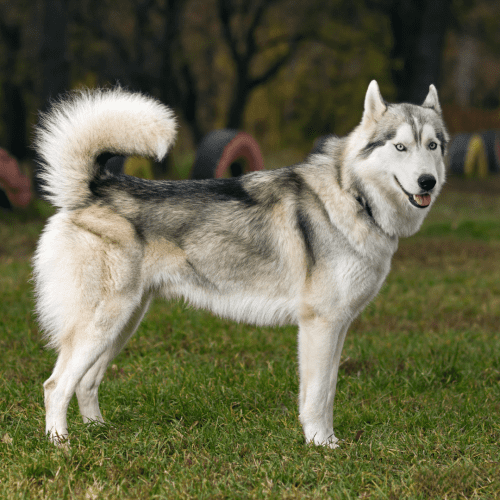

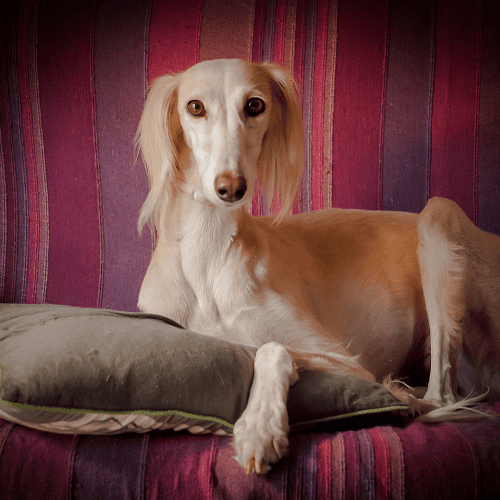

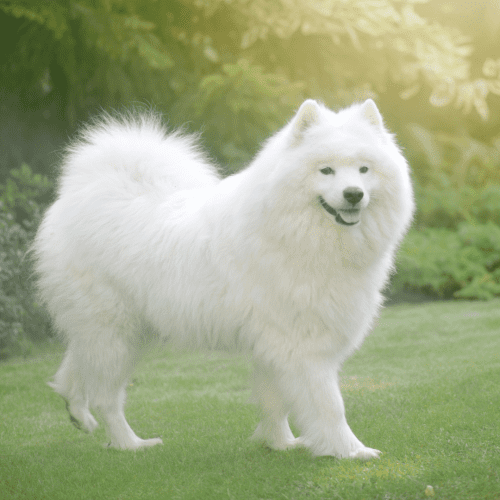

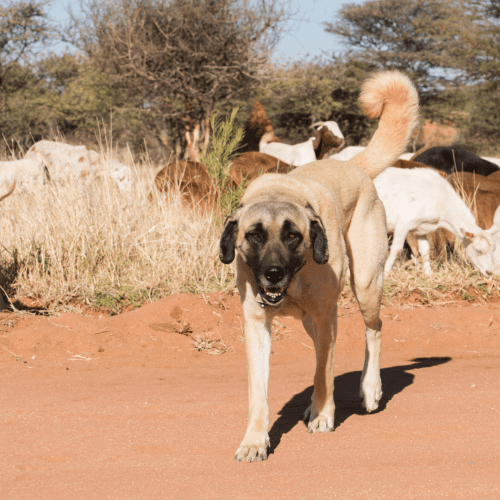
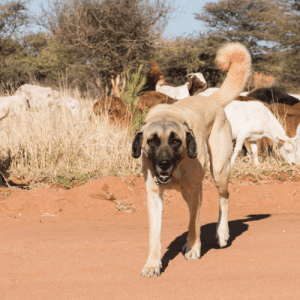
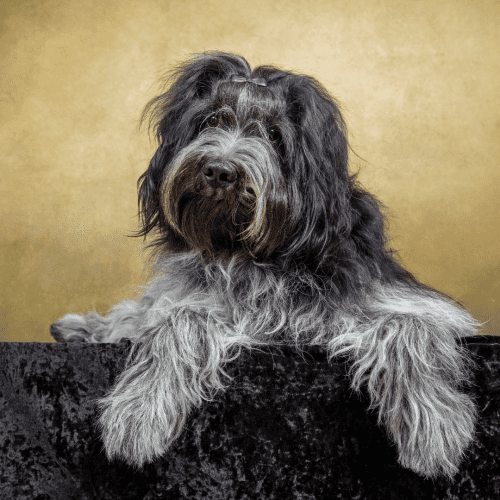

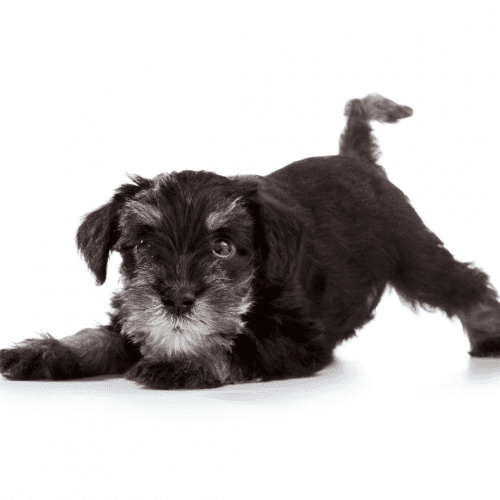

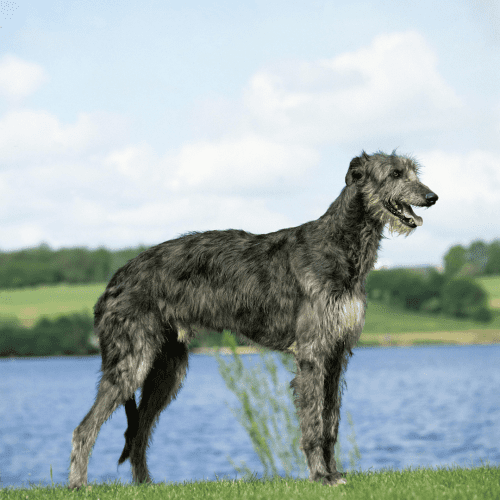
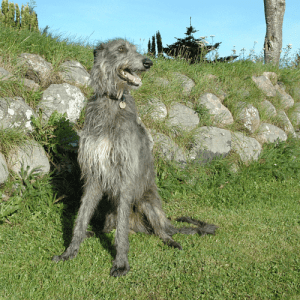 What Is The History Of The Scottish Deerhound Dog Breed?
What Is The History Of The Scottish Deerhound Dog Breed?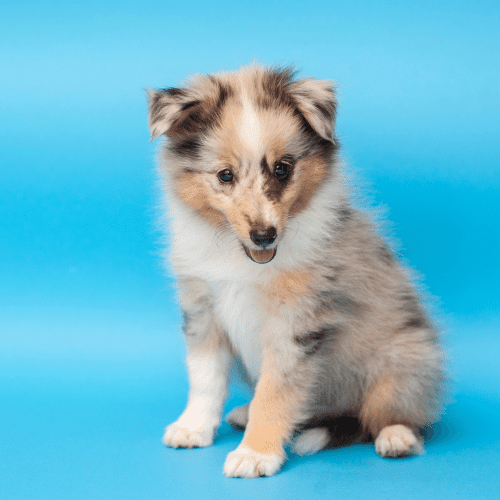
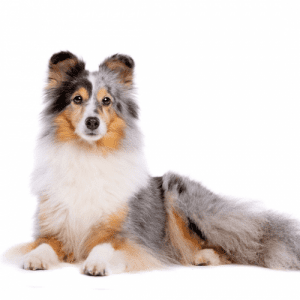 What Is The History Of The Shetland Sheepdog, aka Sheltie Dog Breed?
What Is The History Of The Shetland Sheepdog, aka Sheltie Dog Breed?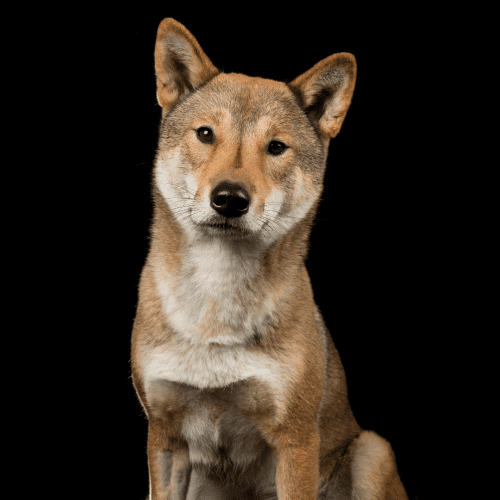
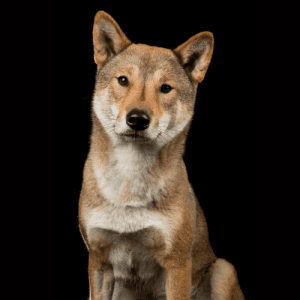 What Is The History Of The Shikoku Dog Breed?
What Is The History Of The Shikoku Dog Breed?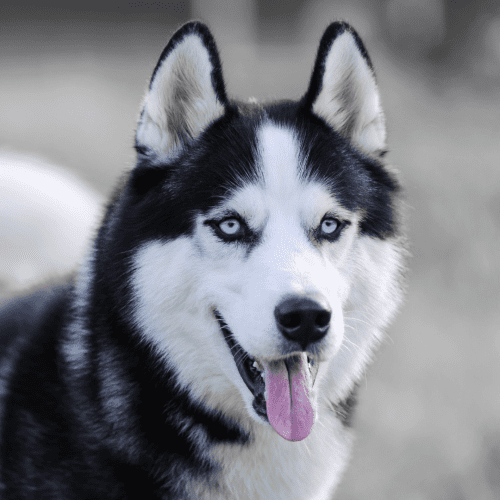
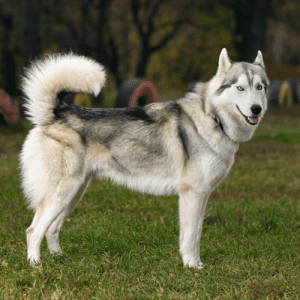 What Is The History Of The Siberian Husky Dog Breed?
What Is The History Of The Siberian Husky Dog Breed?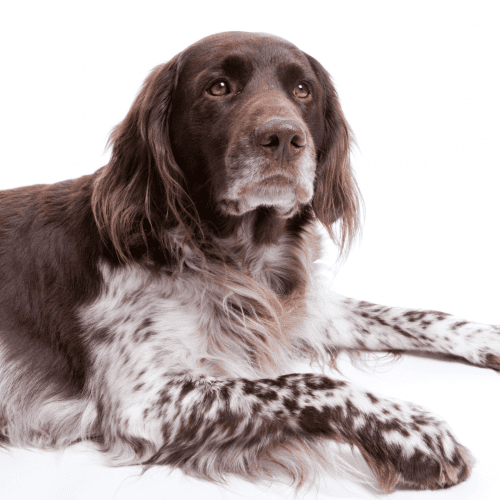
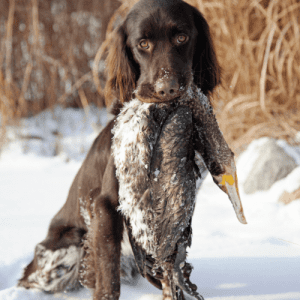 What Is The History Of The Small Munsterlander Dog Breed?
What Is The History Of The Small Munsterlander Dog Breed?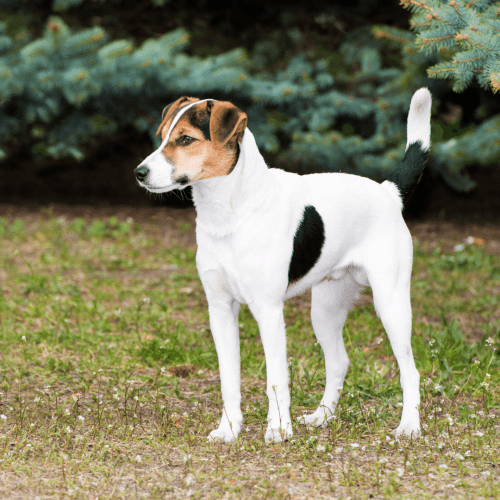
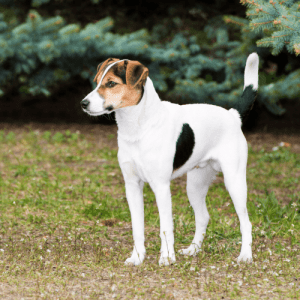 What Is The History Of The Smooth Fox Terrier Breed?
What Is The History Of The Smooth Fox Terrier Breed?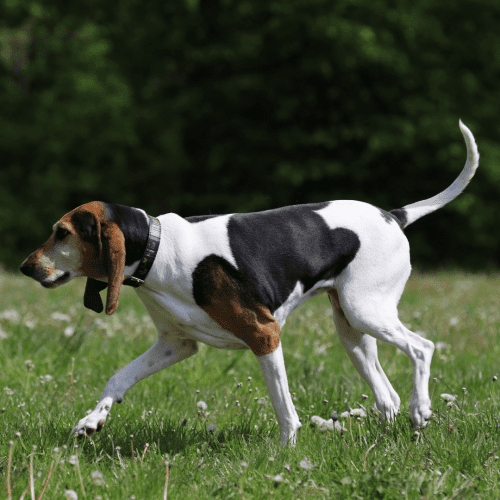
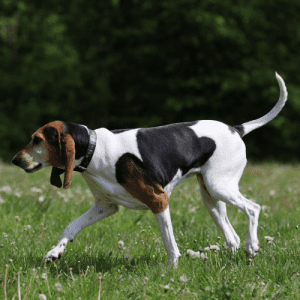 What Is The History Of The Smooth Foxhound Terrier Dog Breed?
What Is The History Of The Smooth Foxhound Terrier Dog Breed?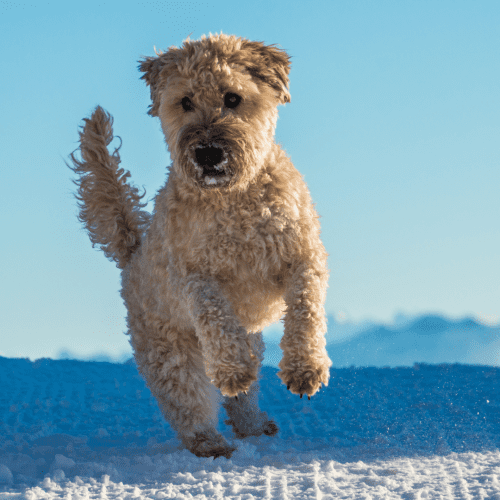
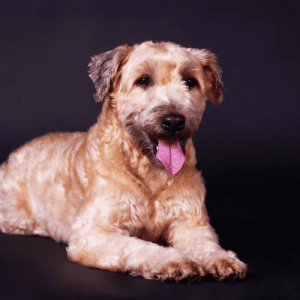 What Is The History Of The Soft Coated Wheaten Terrier Dog Breed?
What Is The History Of The Soft Coated Wheaten Terrier Dog Breed?